This nostalgic article will be a mental trip to Smyrna, one of our lost homes… We will try to weave a short story through the everyday lives of people of Smyrna, through the buildings and the port of the city, objects and souvenirs, and of their course food and desserts. In the end, we will make Smyrnian peinirli with kefalograviera cheese, ham, bacon, egg and grape tomatoes!
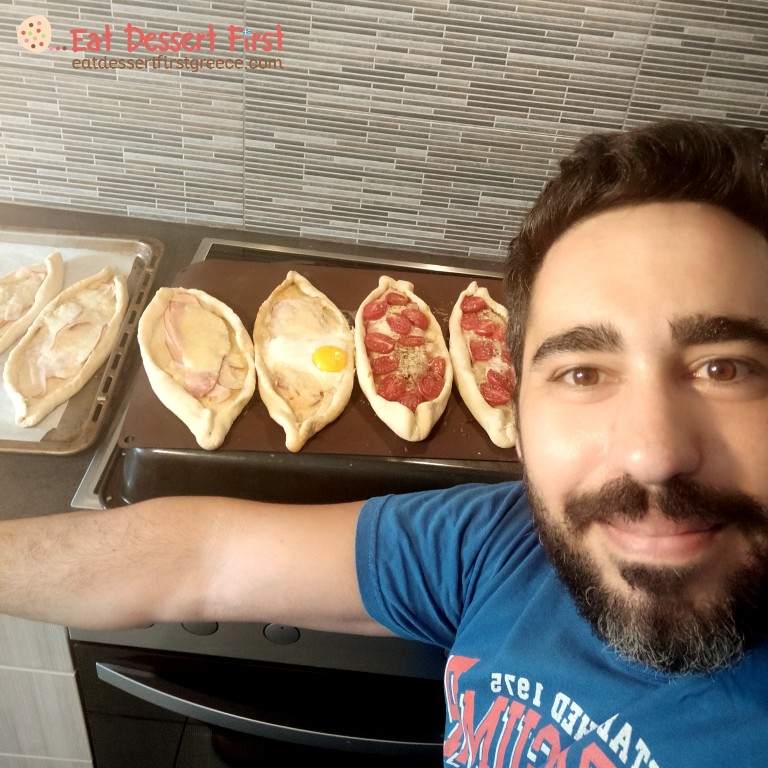
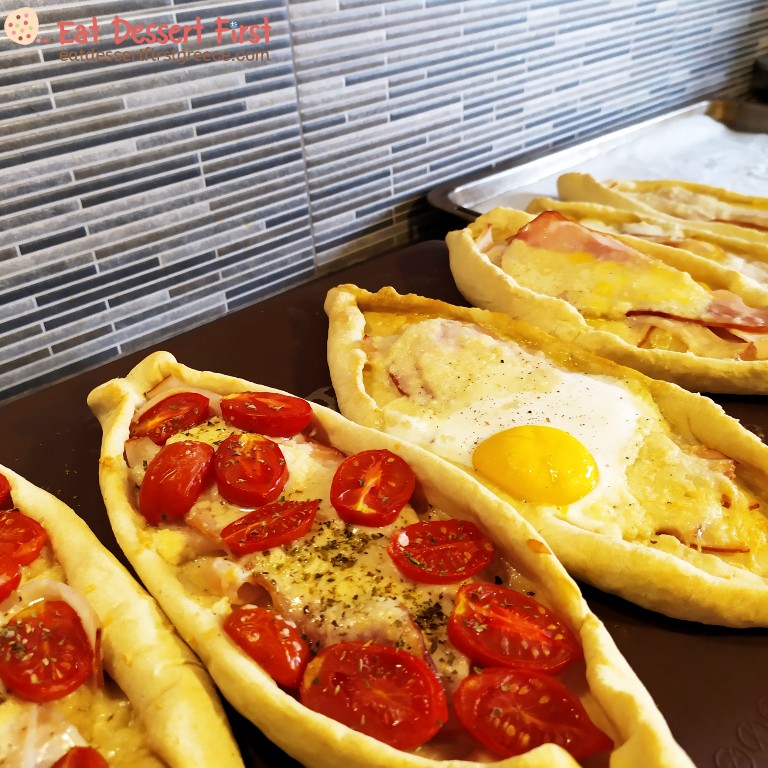
Our journey will have the company of the book Εδεσματολόγιον Σμύρνης (2003) by Efi Grigoriadou published by Savalas Publishers. We warmly thank the publishers for the book series they sent us!
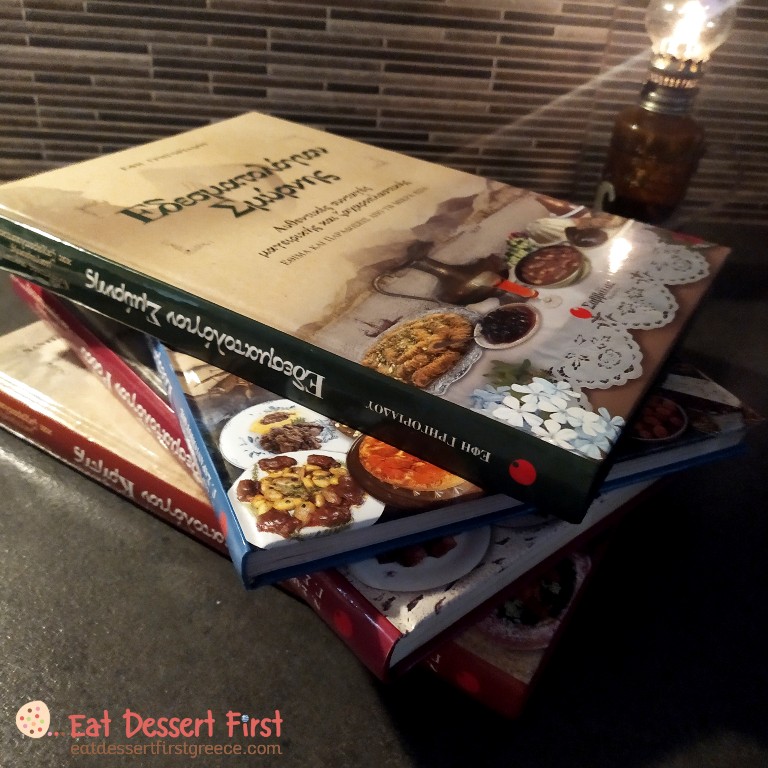
In the book Εδεσματολόγιον Σμύρνης we read the history of the city. It is claimed to have been built in 1100 BC and to have taken the name of amazon Smyrna who had conquered Efesos. Persian king Cyrus destroyed Smyrna and Alexander the Great planned on rebuilding it. His successors implemented the plan and built a new city.
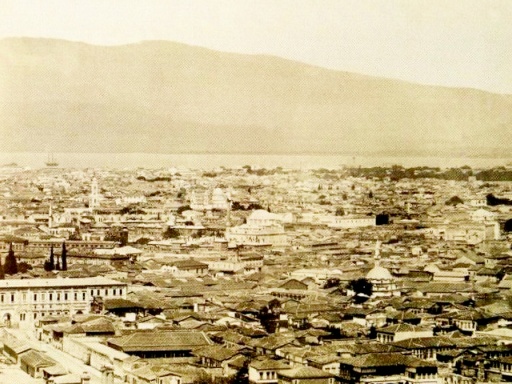
In Roman times, Smyrna retained its autonomy. Wonderful buildings were built at that time, and the city was considered the most beautiful in the world, along with Rome. The large natural harbor and its strategic location in the middle of the Aegean made it the most important port in the eastern Mediterranean and a crossroad of civilizations, where trade flourished.

Despite the variety of nations and religions, however, Smyrna remains a Greek state in the basic components. After so many changes over the millennia under the domination of the Persians, Romans, Byzantines, Saracens, Franks and Turks, this city called Smyrna never ceased to be Ionian…
Ludwig Ross (German archaeology professor), 1845, from the book Εδεσματολόγιον Σμύρνης by Savalas Publishers
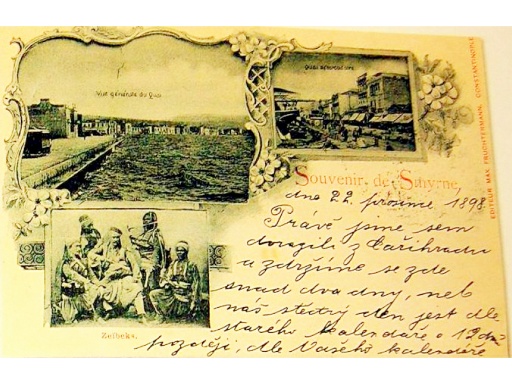
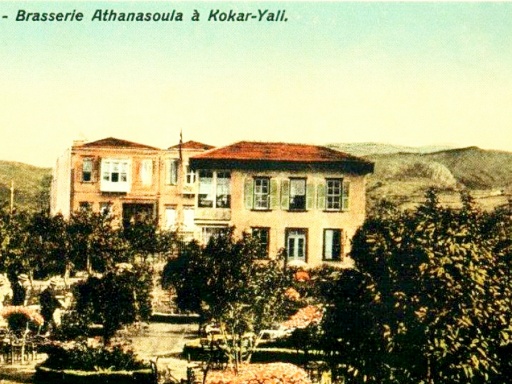
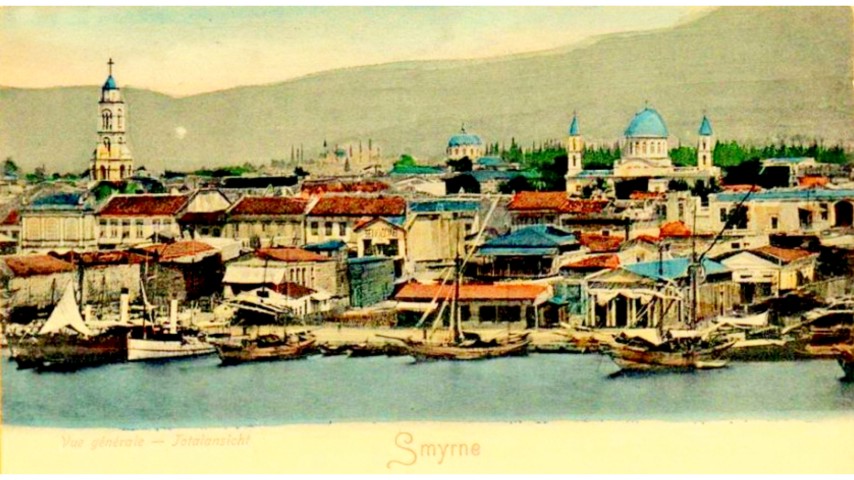
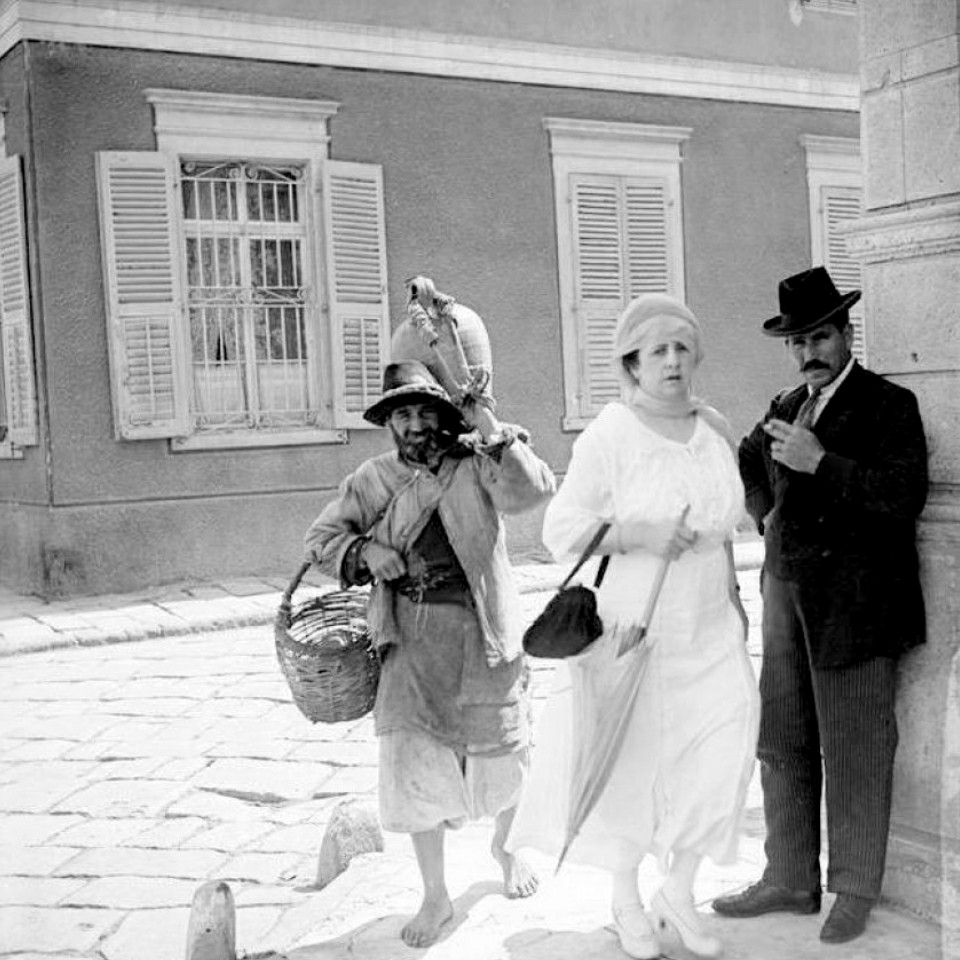
The beauty of Smyrnian women was the same, or even more famous than the beauty of the city. In Smyrna, women were adorned with jewelry, with the most common being the pentolira, the flouria, the Constantinata and the pounds. During the holidays and Sundays, we read that they wore gold pendants, necklaces with large stones, carved earrings and rings, and bracelets made of thick chains. Men never parted with their gold pocket watches.
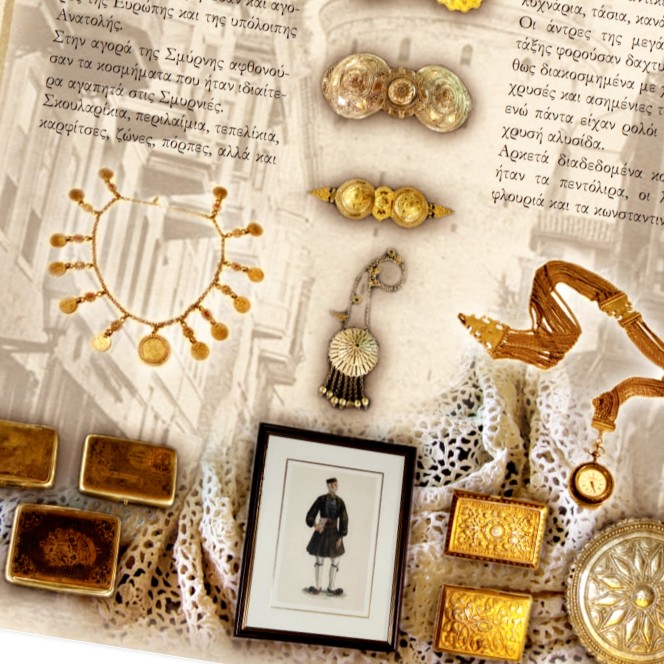
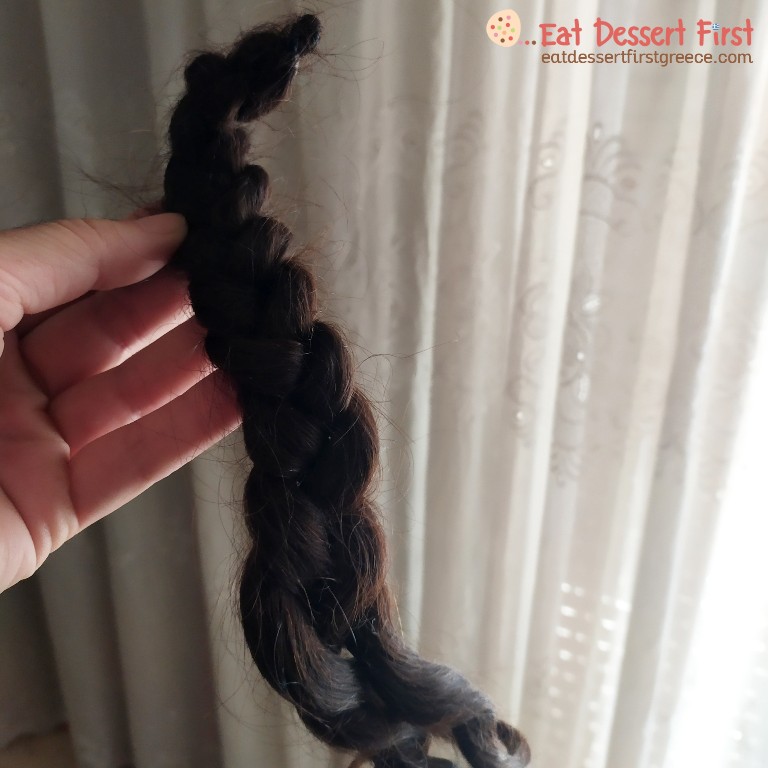
They especially loved useful and decorative items, platters, cases, jugs, lamps and much more that was sold in the markets of Smyrna. Silversmithing and coppersmithing have a long tradition in Asia Minor. In Smyrnian kitchens one could find silver and bronze household utensils. In fact, housewives preferred copper, according to the book Εδεσματολόγιον Σμύρνης, because those utensils better served their needs and made the food more tasteful!
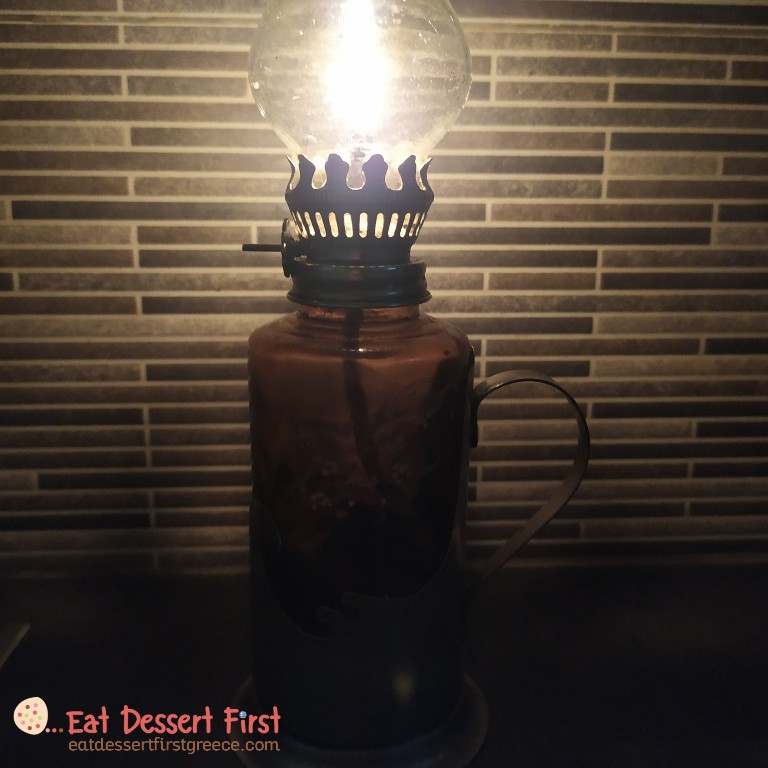
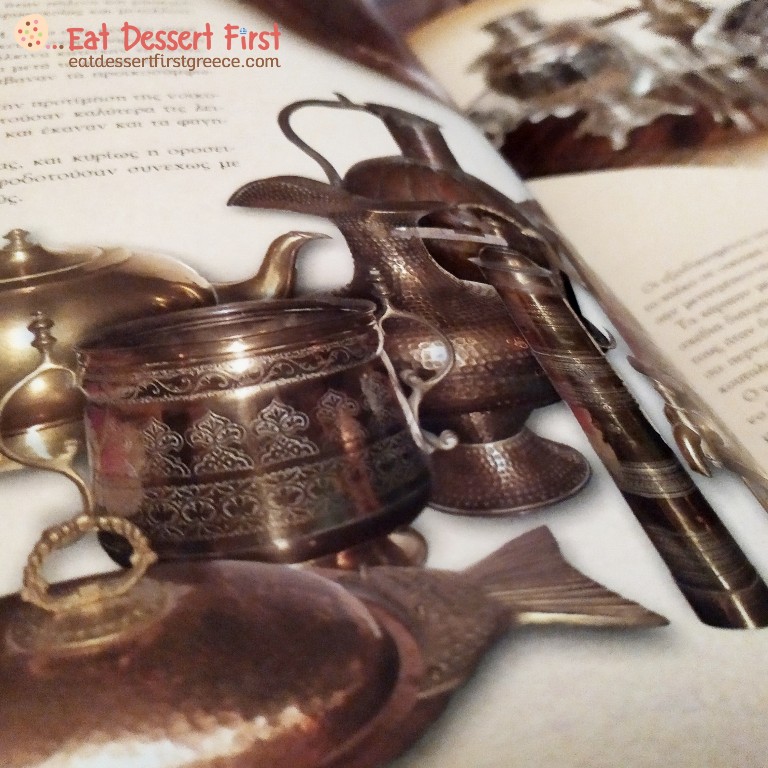
One of the primary occupations of Smyrnian women at home was weaving and embroidery. All the houses had a sewing machine and many of them had a loom. The Smyrnians wove their everyday clothes and underwear, sheets, rugs and much more, using cotton, linen and silk. Even the curtains were woven by the Smyrnians themselves, as we read in the book Εδεσματολόγιον Σμύρνης, and they decorated them like all their creations with geometric patterns and woven designs.
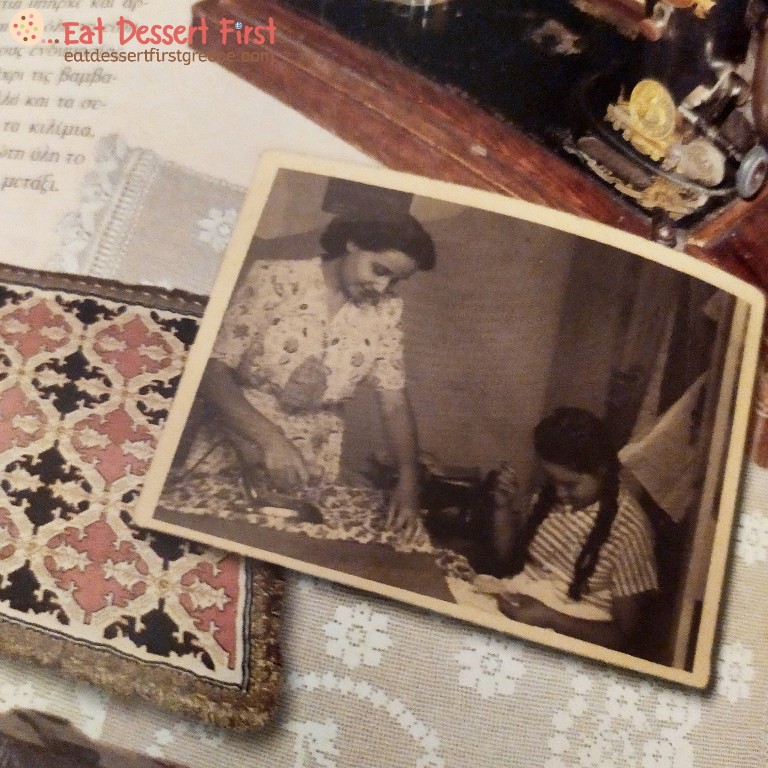


As for Smyrna’s cuisine, its history goes back a long way. With the spread of Hellenism, as we read in the book Εδεσματολόγιον Σμύρνης, in Hellenistic times came the first changes in the gastronomic sector and the Oriental cuisine began to take shape in Asia Minor. Later it will form the basis of Byzantine cuisine, which will be enriched with influences from Constantinople.
In 1922, Minor Asia refugees bring together a more dynamic, colourful, scented and hedonists impression of flavours.
From the book Εδεσματολόγιον Σμύρνης by Savalas Publishers
As we have learned in Ionia -an area of Asia Minor that originally included twelve ancient cities inhabited by Ionians, who later conquered Smyrna- cuisine differed from that of Constantinople. Gradually, Ionia was identified with all the eastern coasts of the Aegean, as its cities (Phocaea, Miletus, etc.) had the largest range.
In Ionia, the dishes of Asia Minor, Constantinople, Aegean islands and Europe coexisted. The body of her recipes was based on seafood, fish and mollusks, local greens, fruits and vegetables, legumes and meat. The quality of the products was so good that, as we read in the book Εδεσματολόγιον Σμύρνης, “If a Smyrnian was so poor that he could only buy bread and fruit, these very cheap items, excellent in quality, would provide him with a first-line basic diet for all his life. “
In an article in Kathimerini newspaper we read that food had a dominant role in life in Smyrna, which was a place of prosperity and abundance. After 1922 they brought their recipes with them. “About the rest of their lives in Smyrna they didn’t talk much, their memories hurt them, but they transferred everything related to cuisine intact to the Greek territories,” says the president of the Union of Smyrna, George Archontakis.
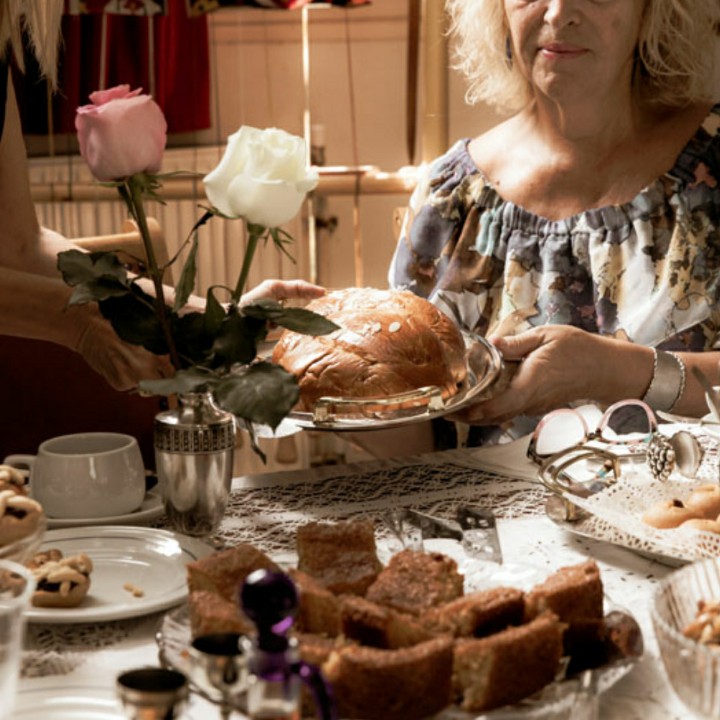
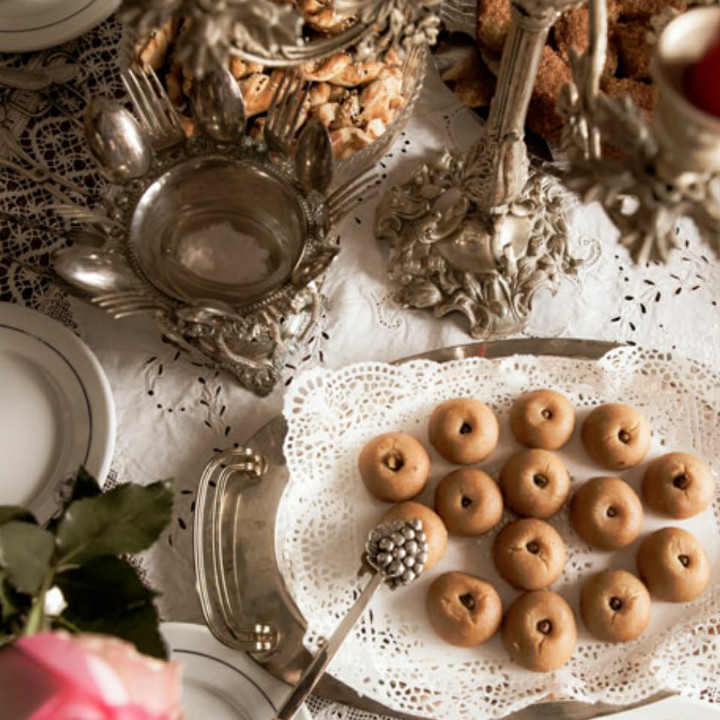

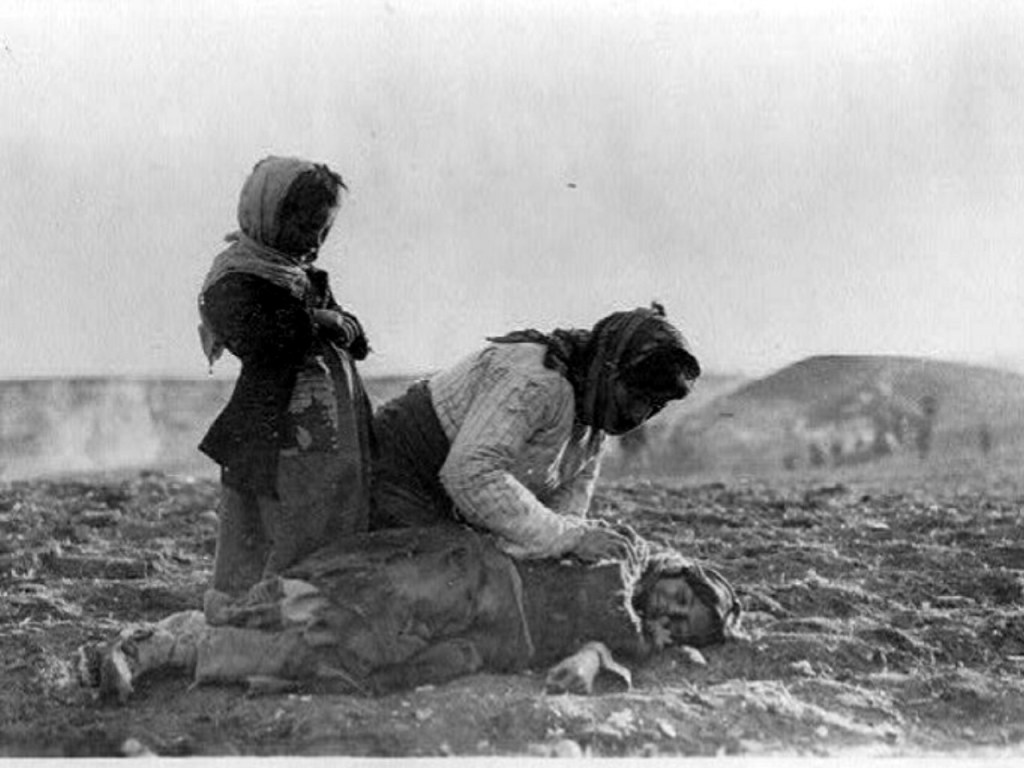
I arrived from Constantinople by train… Outside the stations Basma Chane life used to flourish. To the left was the Turkish district. To the right the Armenian, which was crossed by a street named “Armenia’s wide”… I am trying to guess where was the church of Agios Stefanos among the ruins. I can’t. […] …There is a deathly silence around and only the voices of garbage collectors transfering marbles from houses and churches are being heard… and they make the silence even more macabre, in the place where many generations had worked to make a city that was cheerful, smiling and active…
Testimony of an old Snyrnian in an article in Kathimerini newspaper (translated by Eat Dessert First Greece)
From Smyrnian meatballs to stuffed aubergines and from foinikia to kadaif, Smyrnian cuisine has too much to fit on a table, let alone an article. That’s why we will choose some savory and sweet recipes to whet our appetite through their photos, and then we will make Smyrnian peinirli to actually get a taste of the East!
Food in Asia Minor was movement, was feeling, was culture.
From the book Τετράδια Συλλογικής Μνήμης by Giannis Sarantopoulos
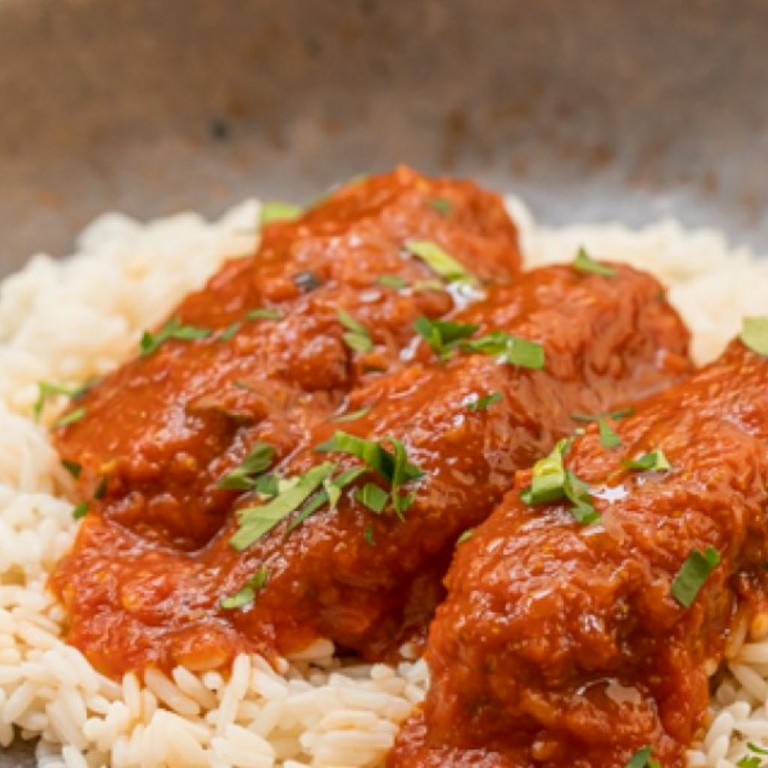
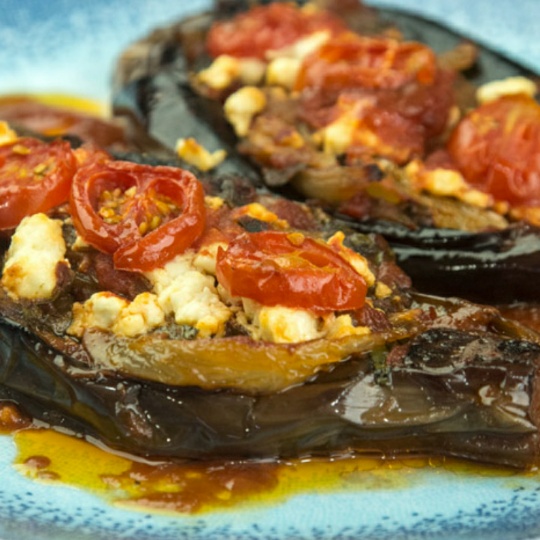
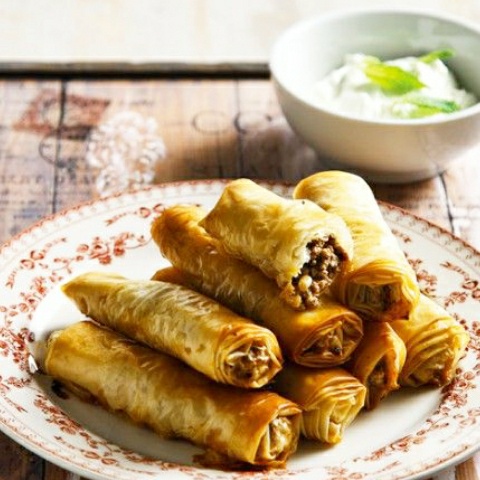

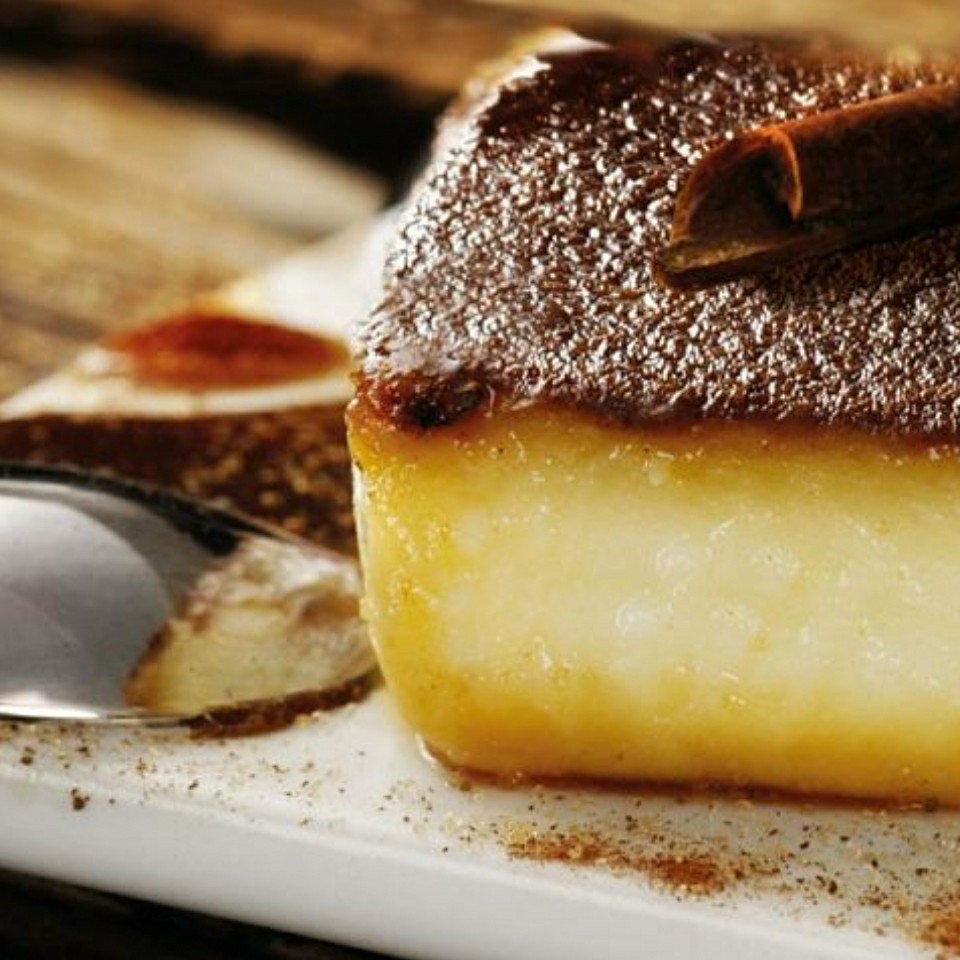
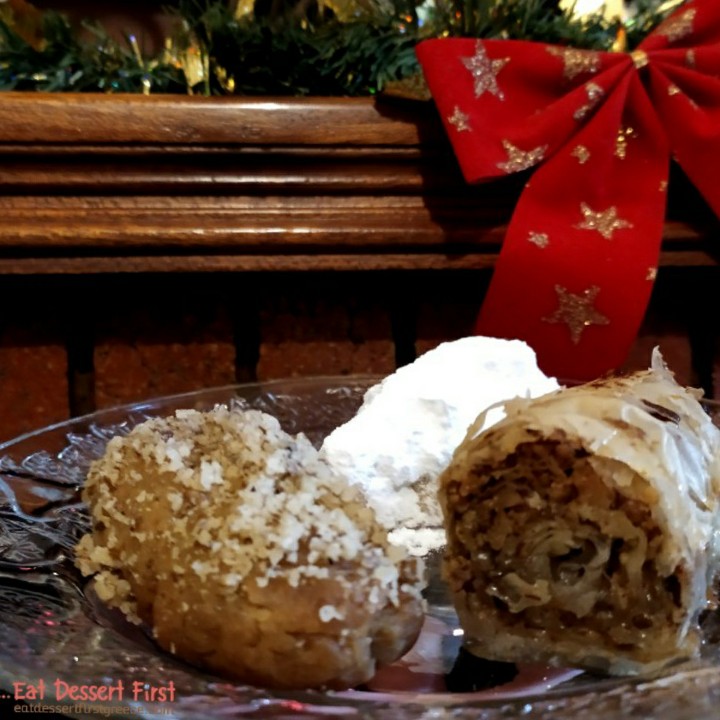
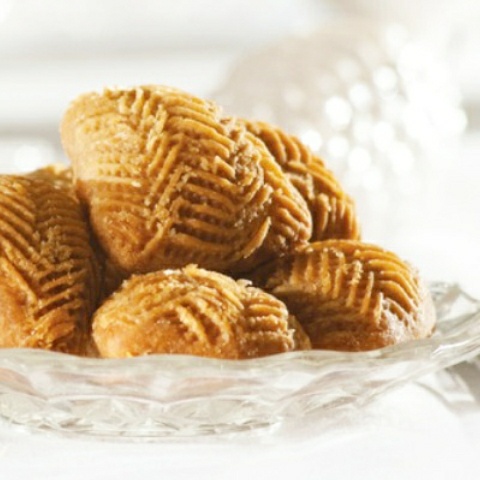
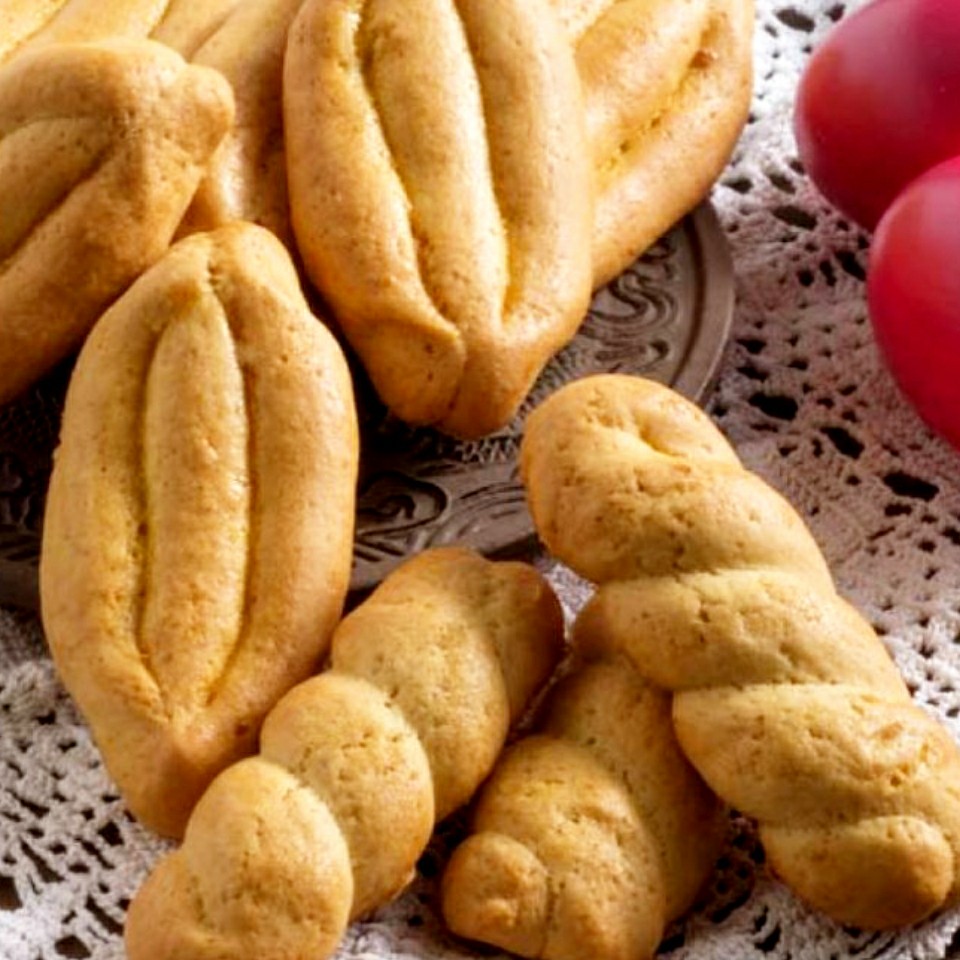
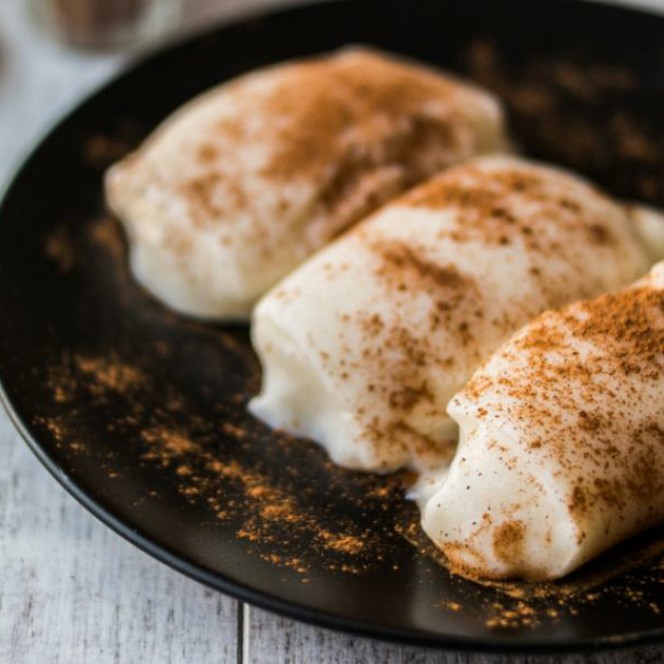
We found the recipe for the peinirli in the excellent book Εδεσματολόγιον Σμύρνης (2003) by Efi Grigoriadou published by Savalas Publications, amidst a plethora of information and authentic recipes. We read that in the early 1920s, refugees from Asia Minor “brought” peinirli to Greece. The word “peinirli” in Turkish means cheese. Peinirli is common throughout the East and is made in several variations, depending on the filling it contains. Although it has been established to have the shape of a boat, in most parts of the East it had a round shape.
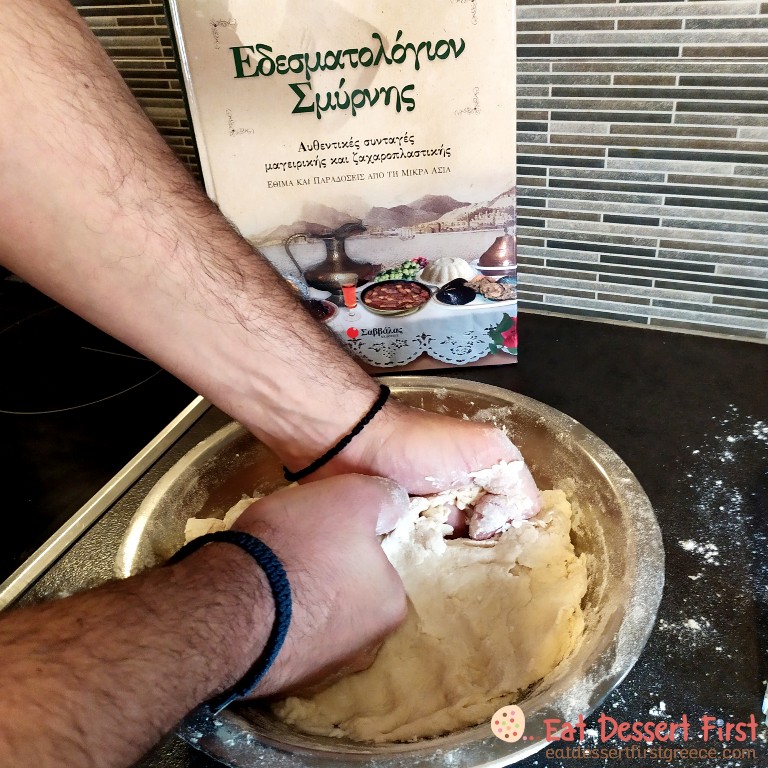
It seems easy to make but it will take a lot of effort and a lot of art to perfect its taste, especially when it comes to its dough. The recipes of the experts, which are few in their kind, are surrounded by mysticism, similar to the one of the authentic peinirli. Homemade peinirli is a pleasant and creative experience, although one will need to repeat the recipe many times, getting closer and closer every time to its original taste.
Peinirli
*We are translating the original recipe, as it is published in the book.
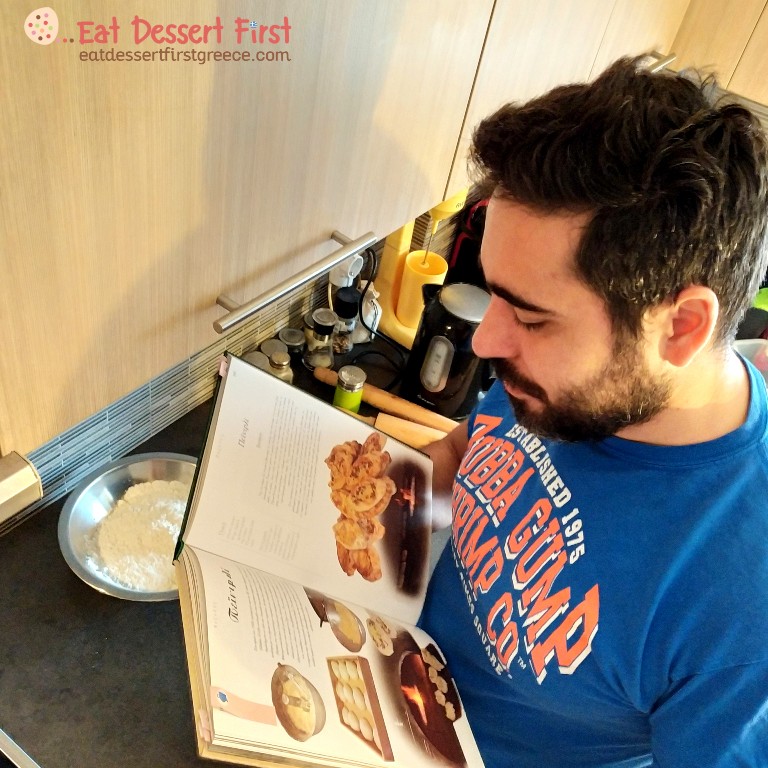
Ingredients
| 1/2 kilo flour |
| 30 gr fresh yeast or 8-9 gr instant dry yeast |
| a pinch of salt |
| 1/2 cup of olive oil |
| Water |
| For the filling: |
| 3 cups of cheese |
| Fresh butter |
| Ham or bacon or sauté minced meat |
Method
For the dough: Put the flour in a bowl and make a puddle in the center. Pour in the yeast dissolved in a little warm water, oil, salt, a little water and start kneading the ingredients vigorously. Gradually add a little water, being careful not to muddy your dough, and continue kneading for a long time, until a uniform soft dough is formed. Then divide it into balls and let them rise.
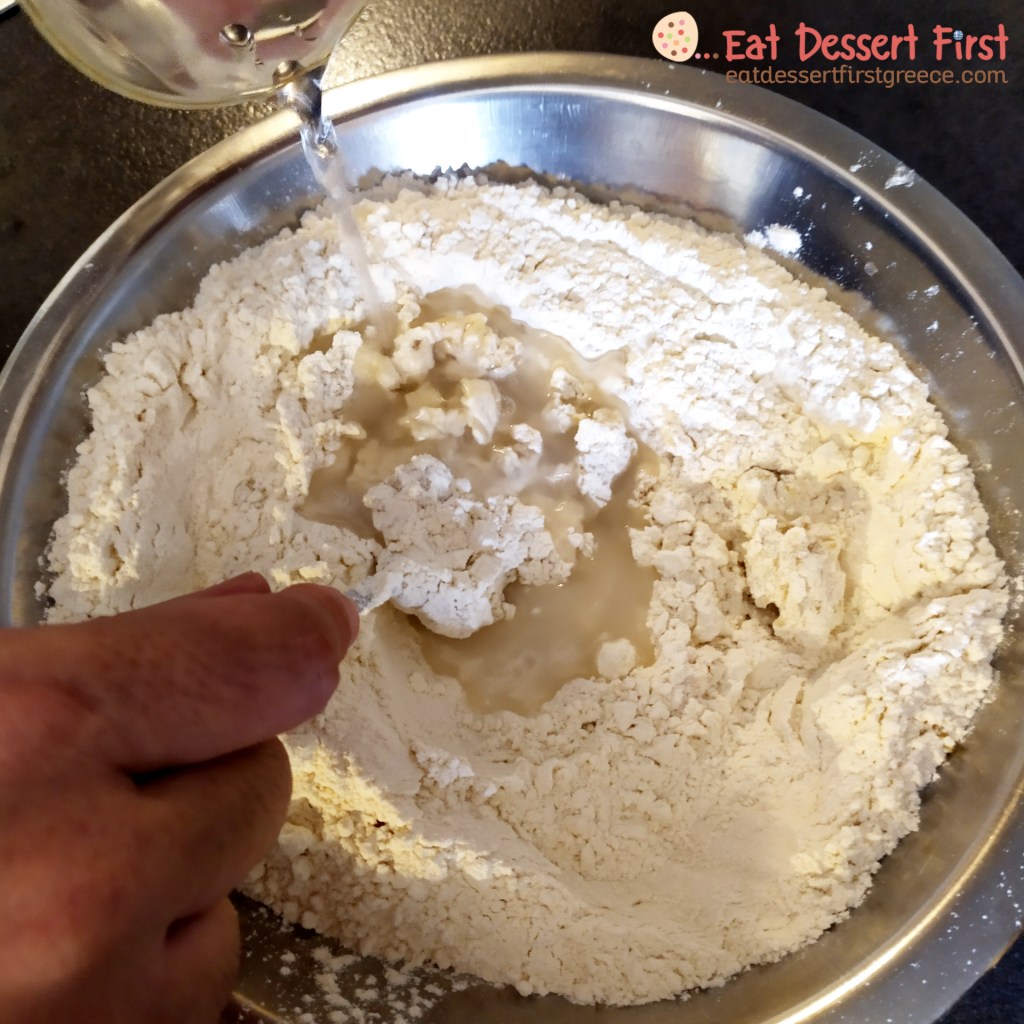
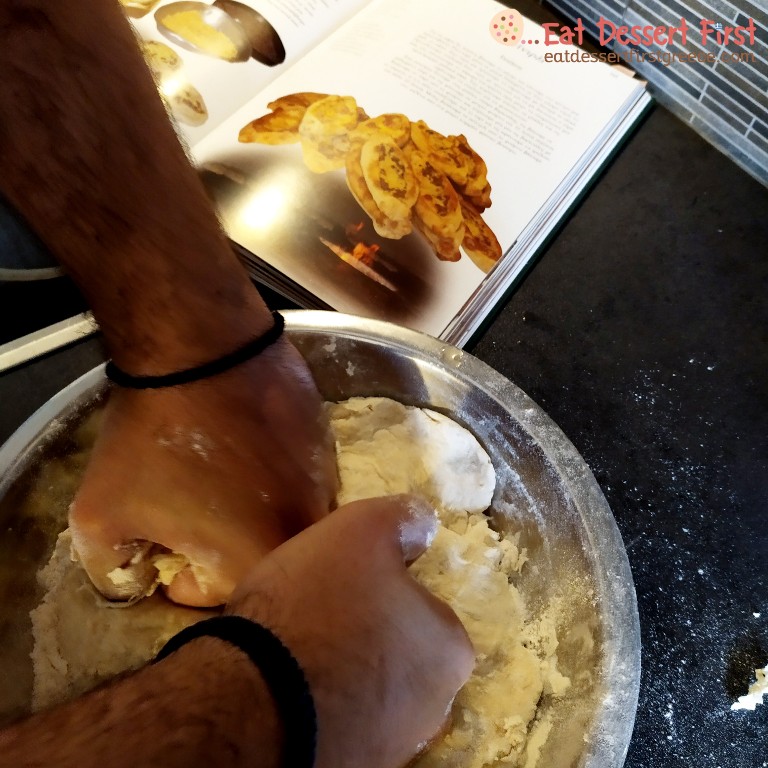
Then give the balls a boat shape, place them onto a greased pan and bake them in a medium temperature oven for about 10 minutes. Remove the pan from the oven and fill the boats one by one with ham or whatever you choose, and cheese and let them bake for another 10 minutes. As soon as you take the peinirli out of the oven, place a small piece of fresh butter on each of them.
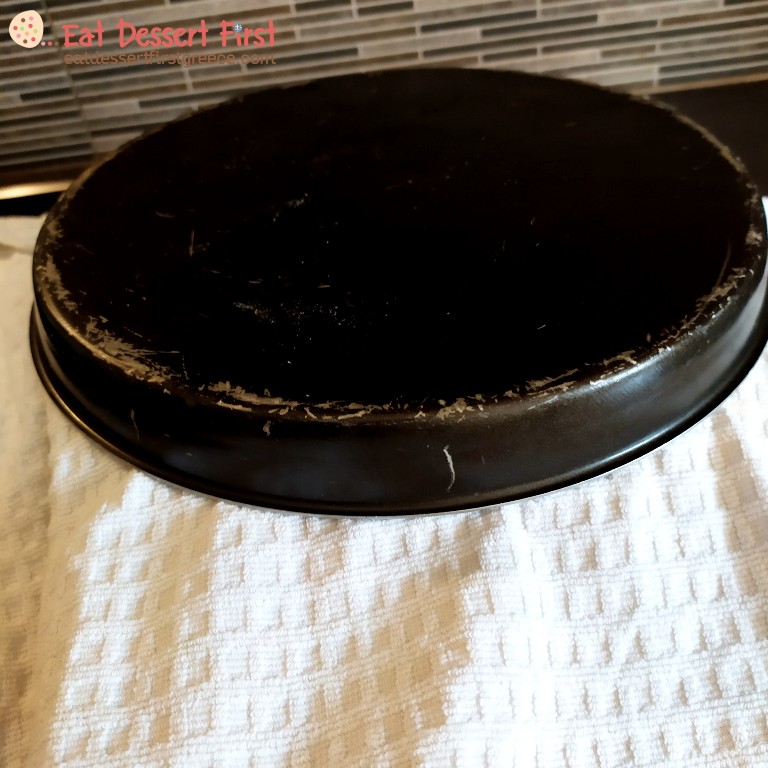
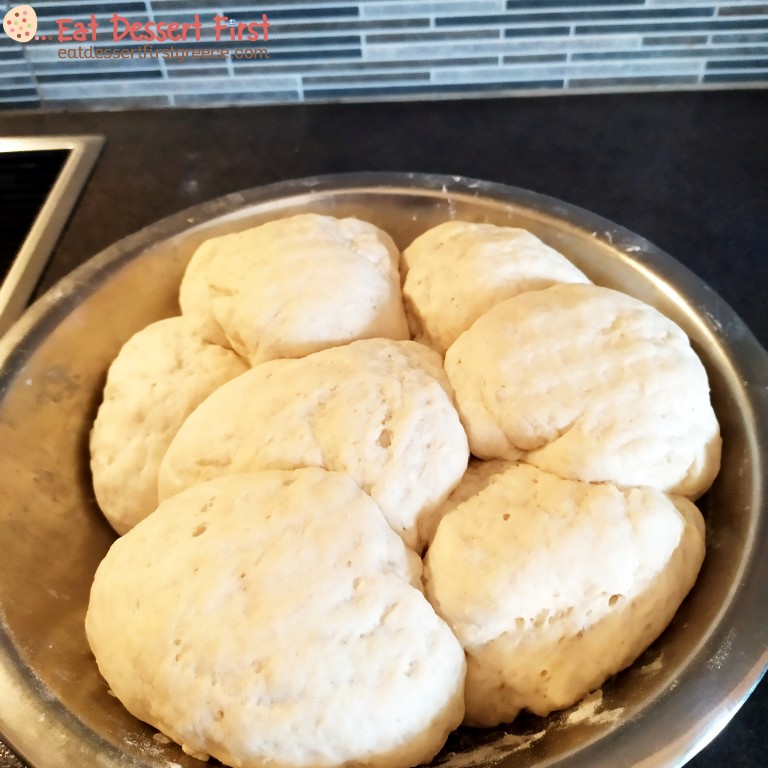
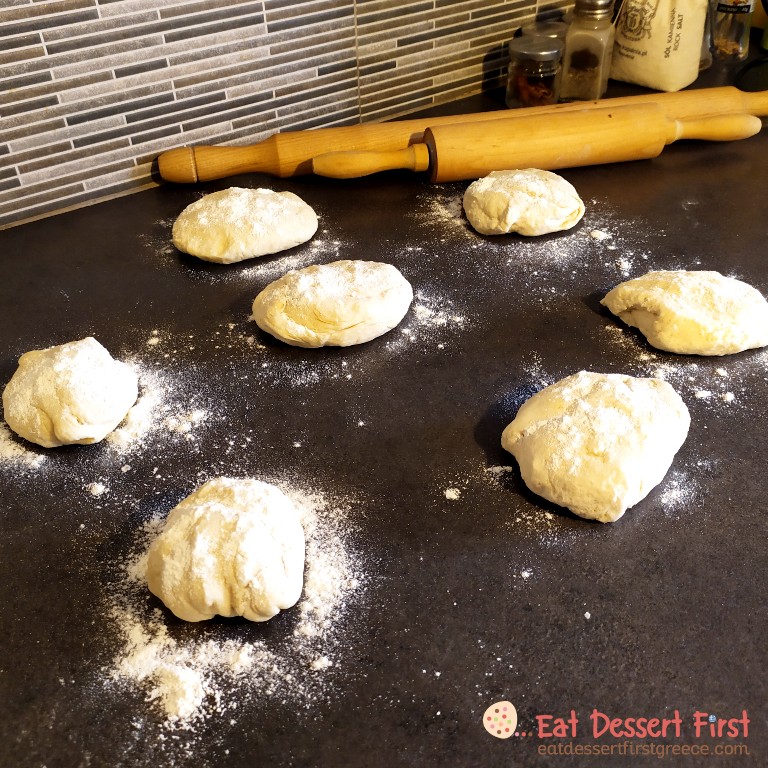
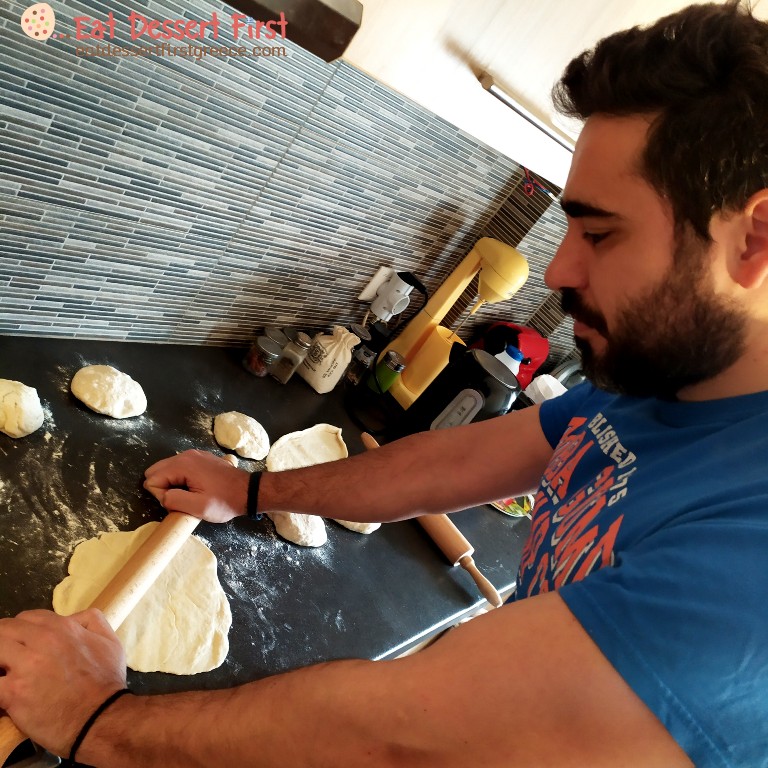
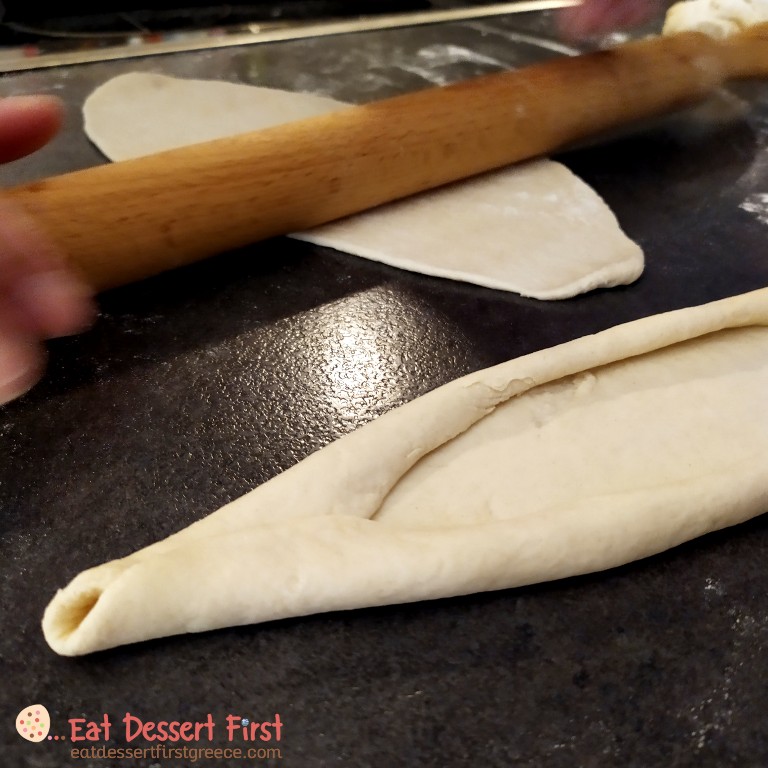
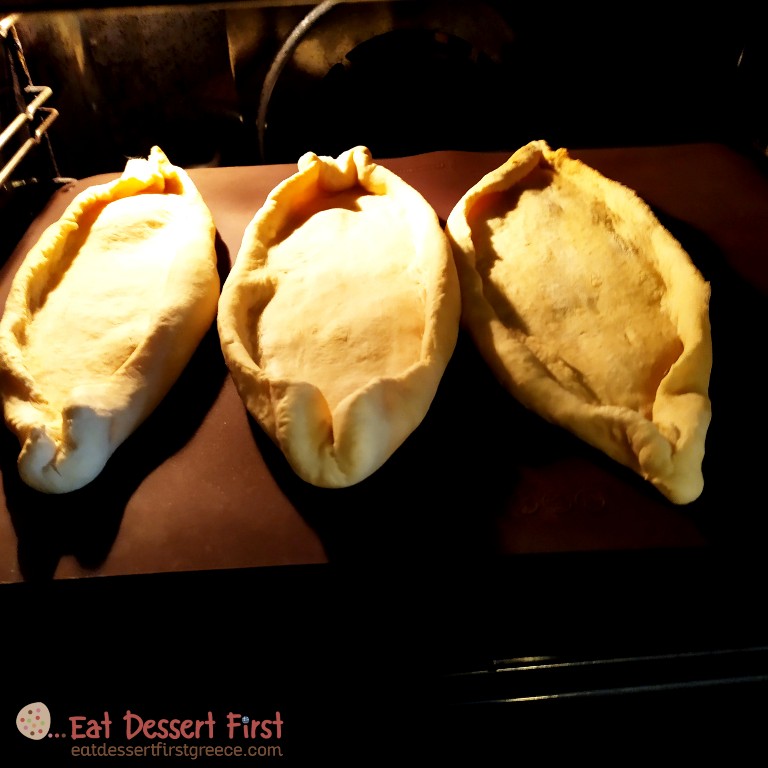
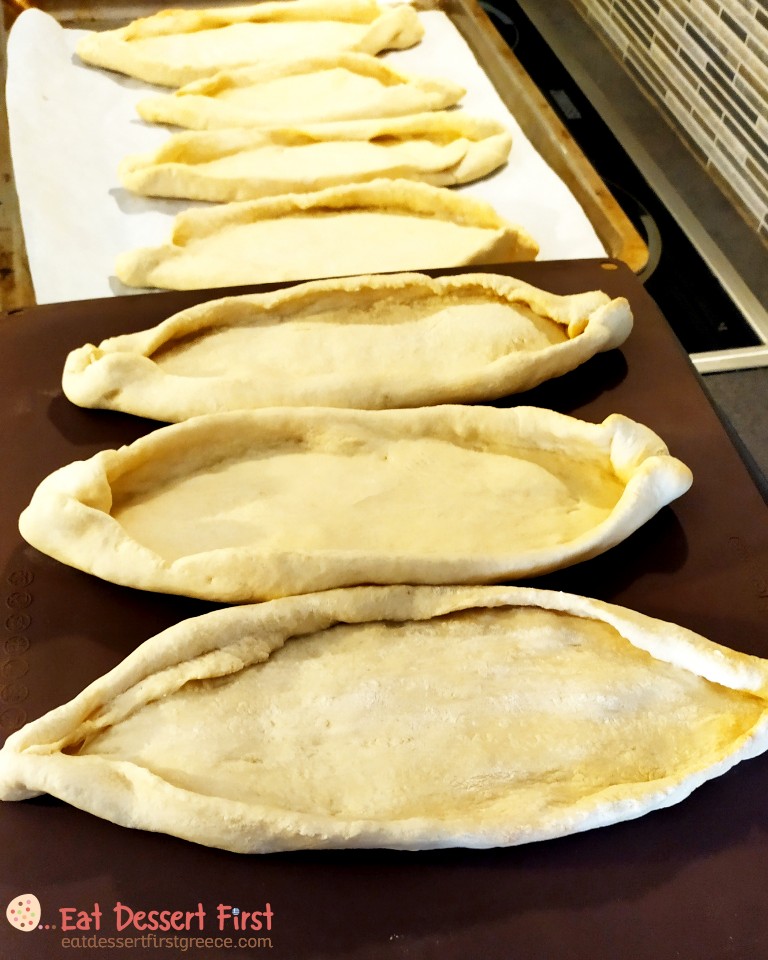
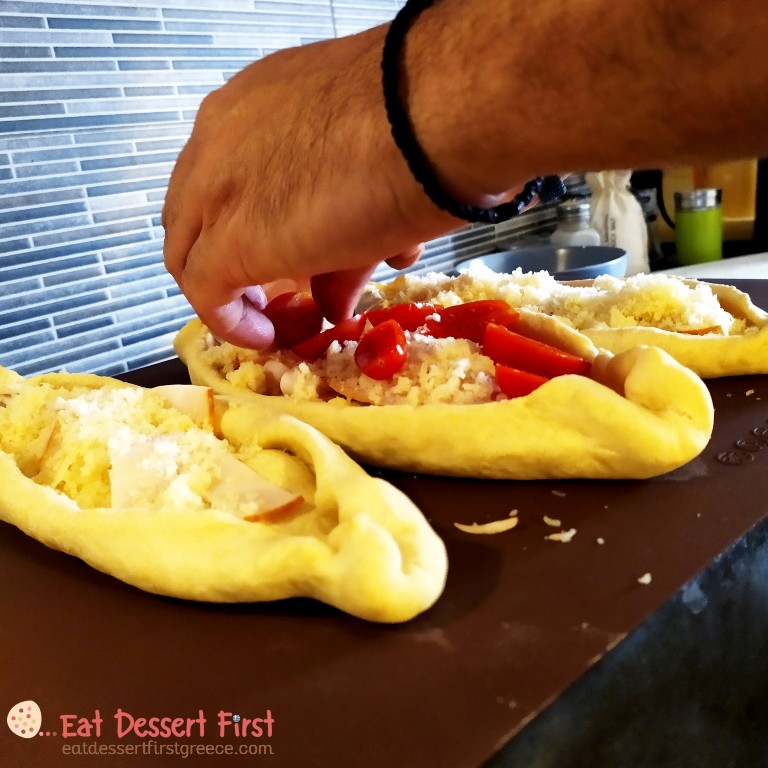
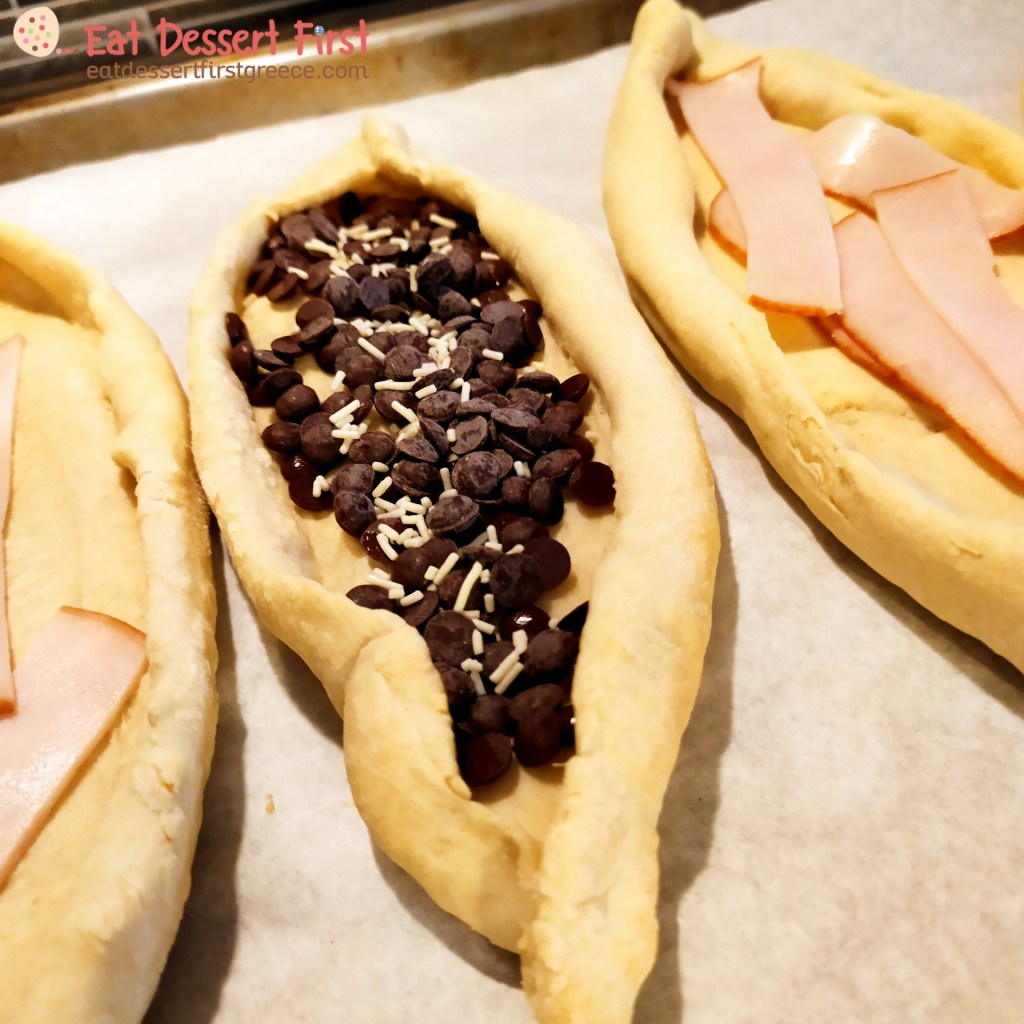
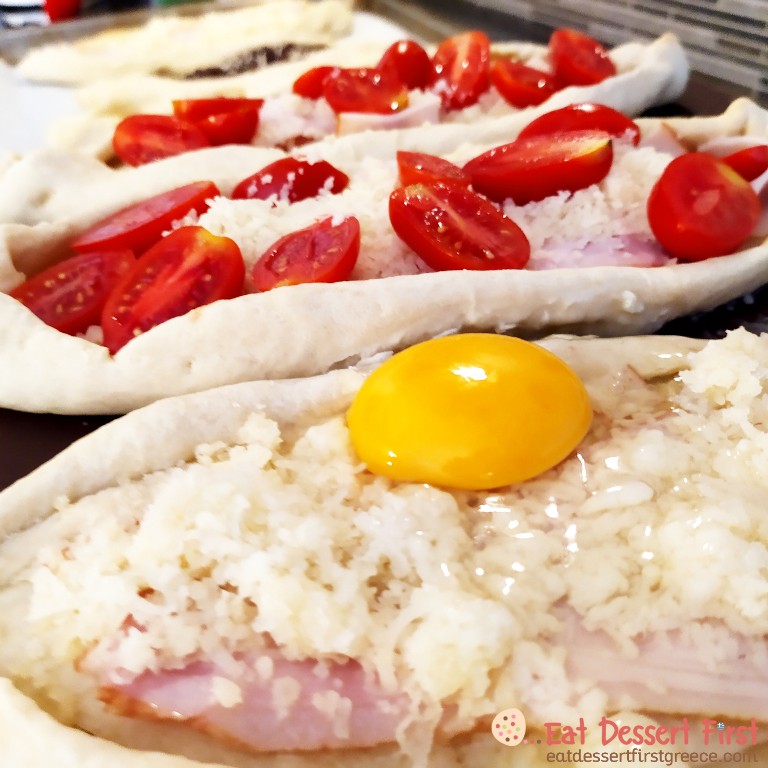
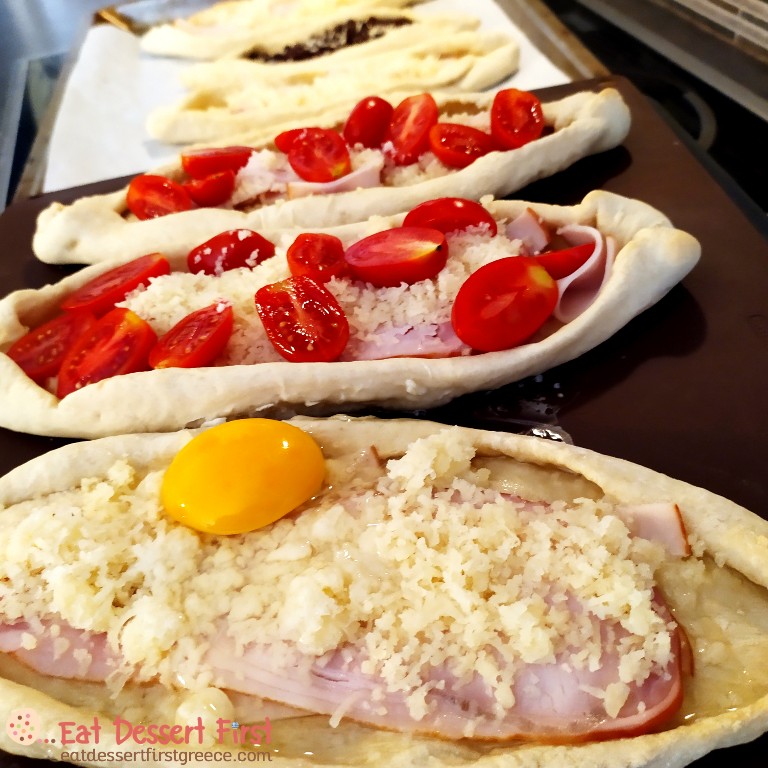
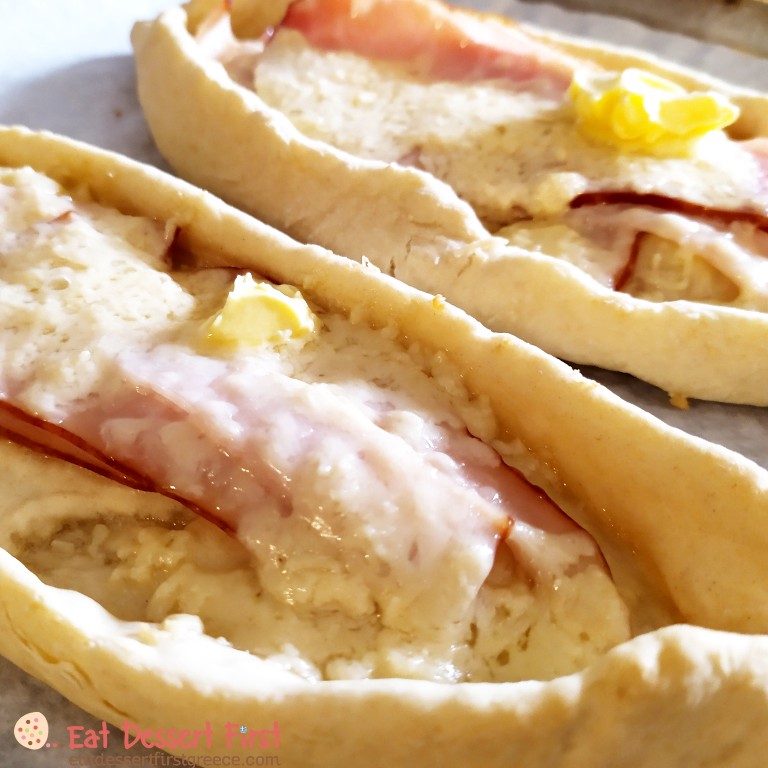
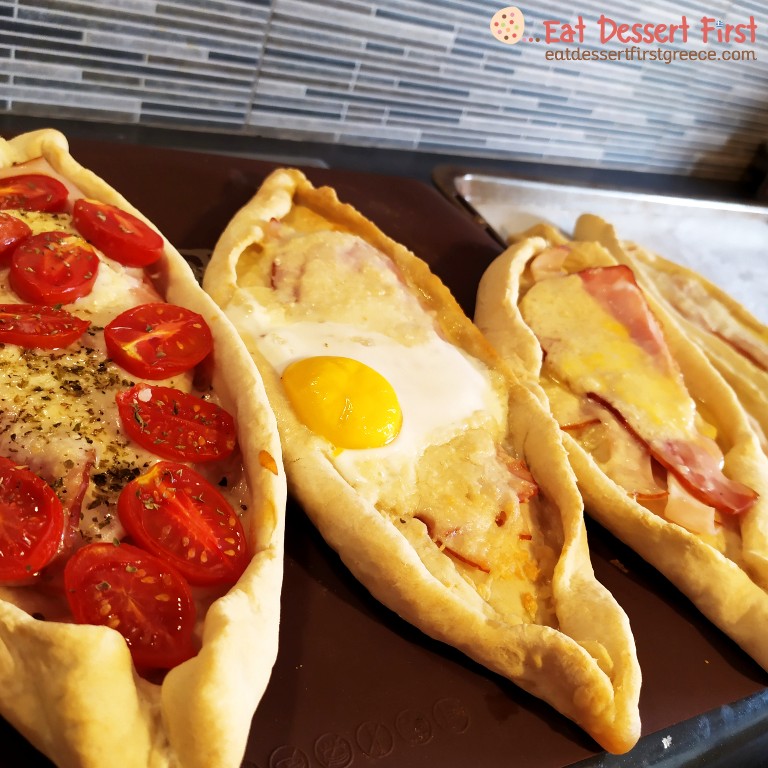
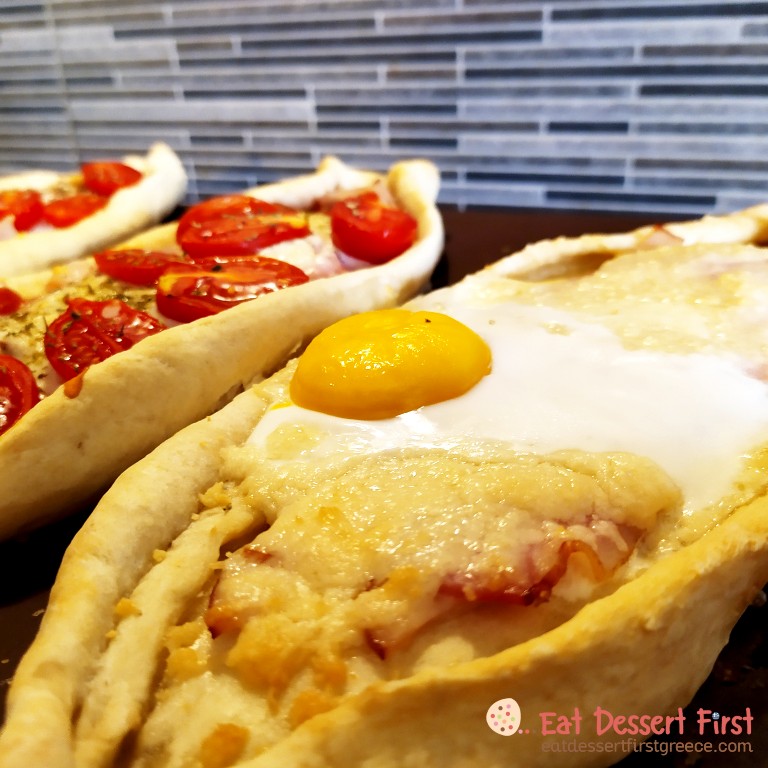
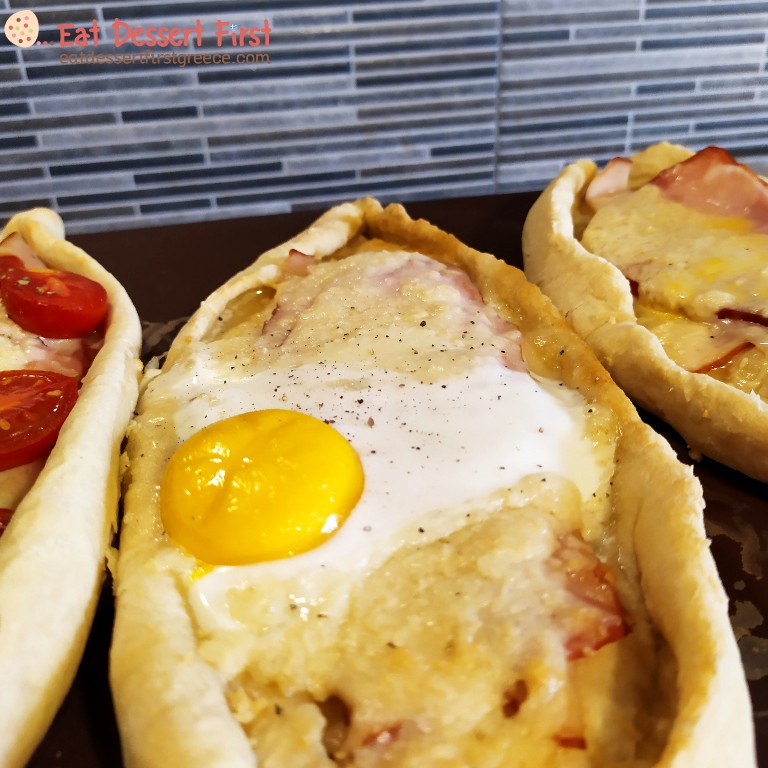
Happy savory, Smyrnian creations everyone!


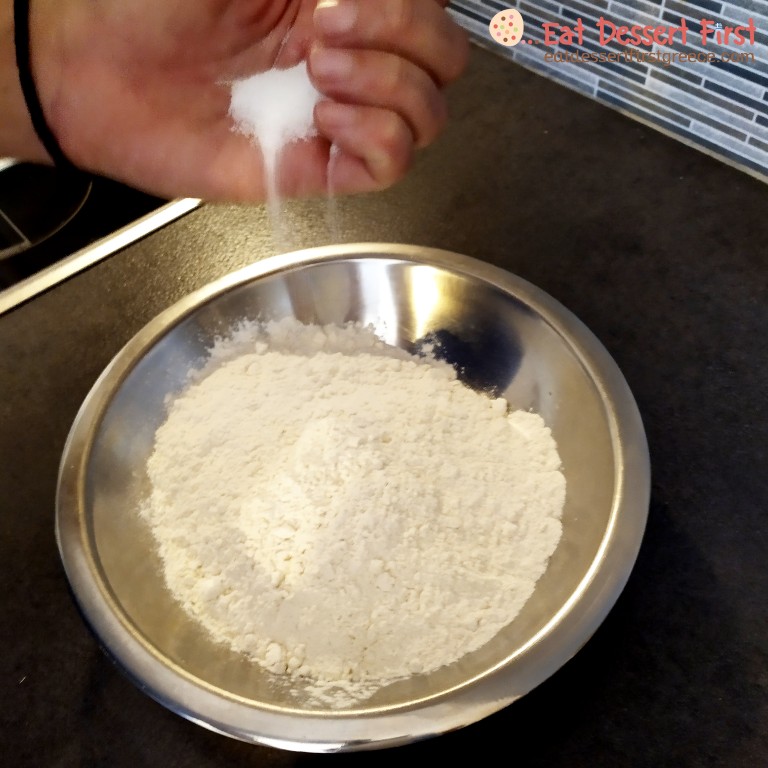
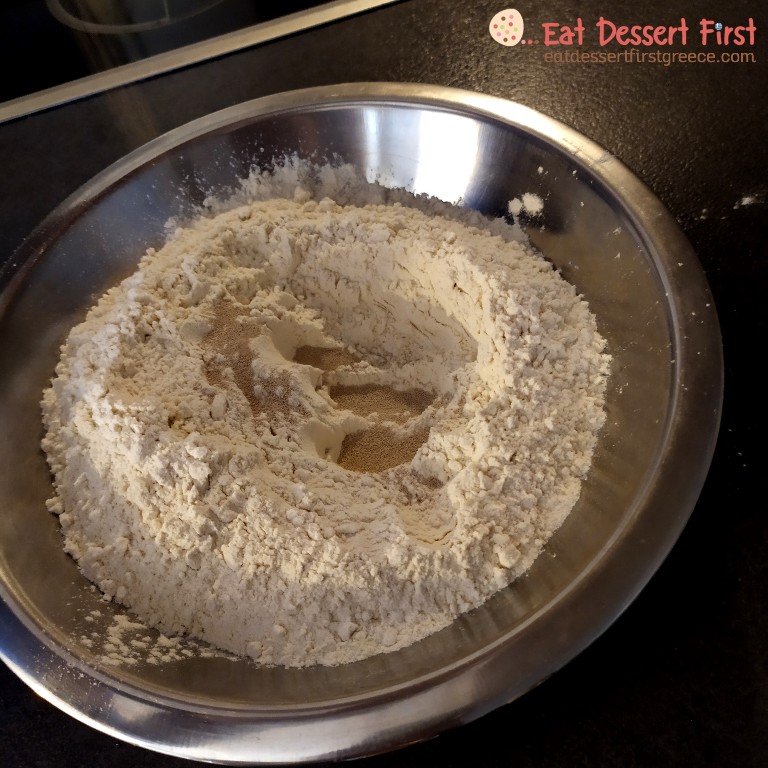
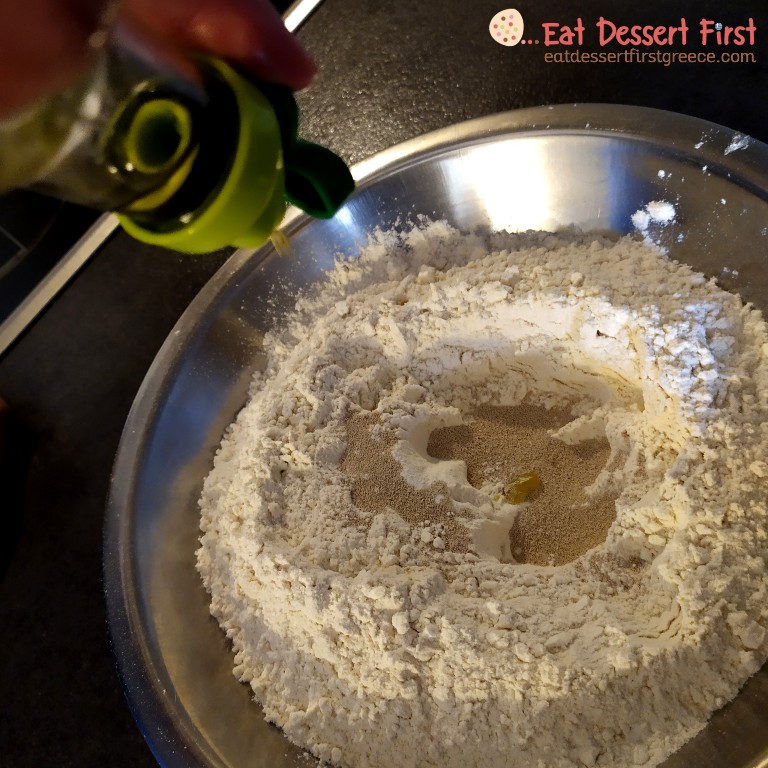
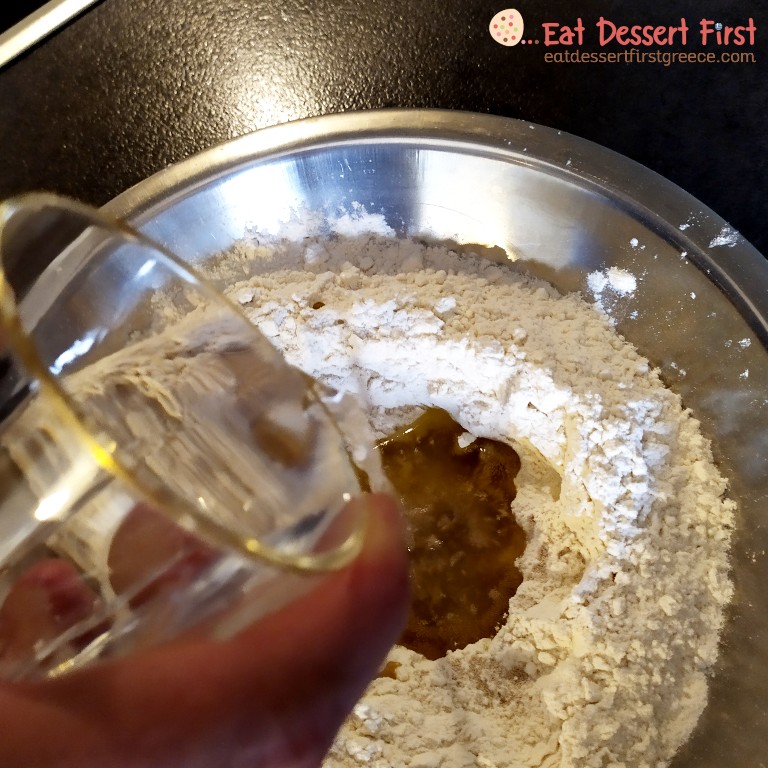
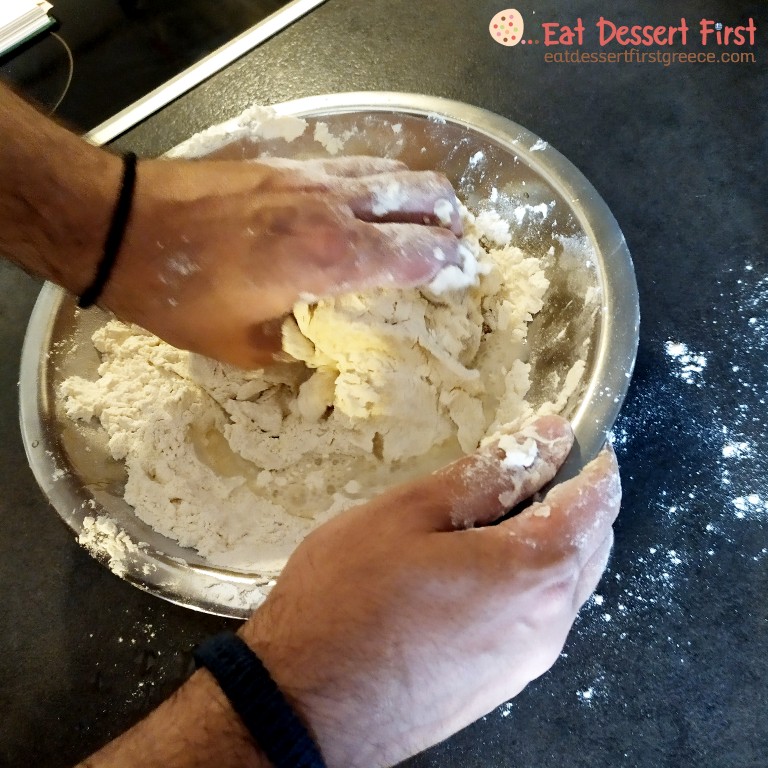
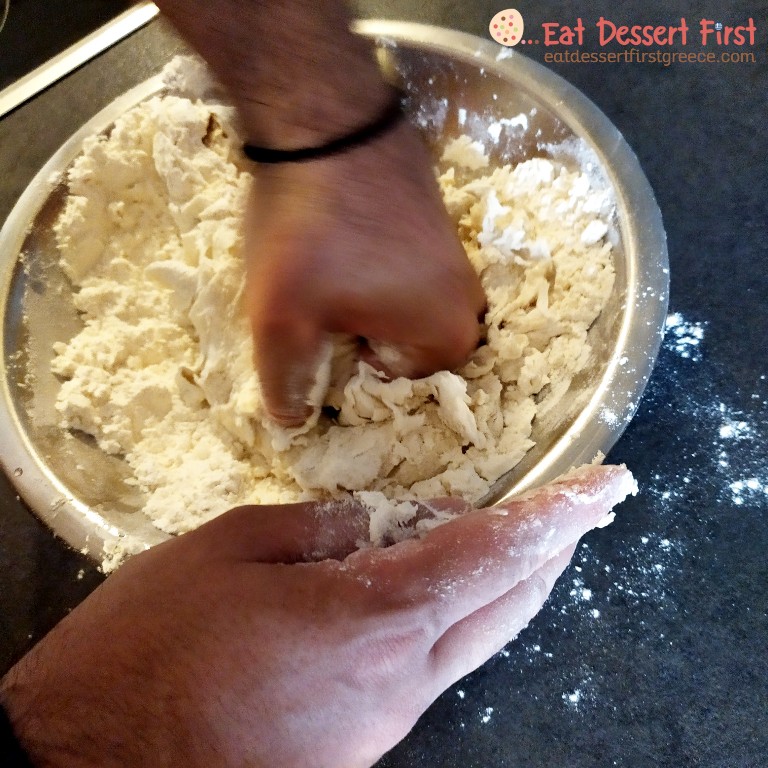
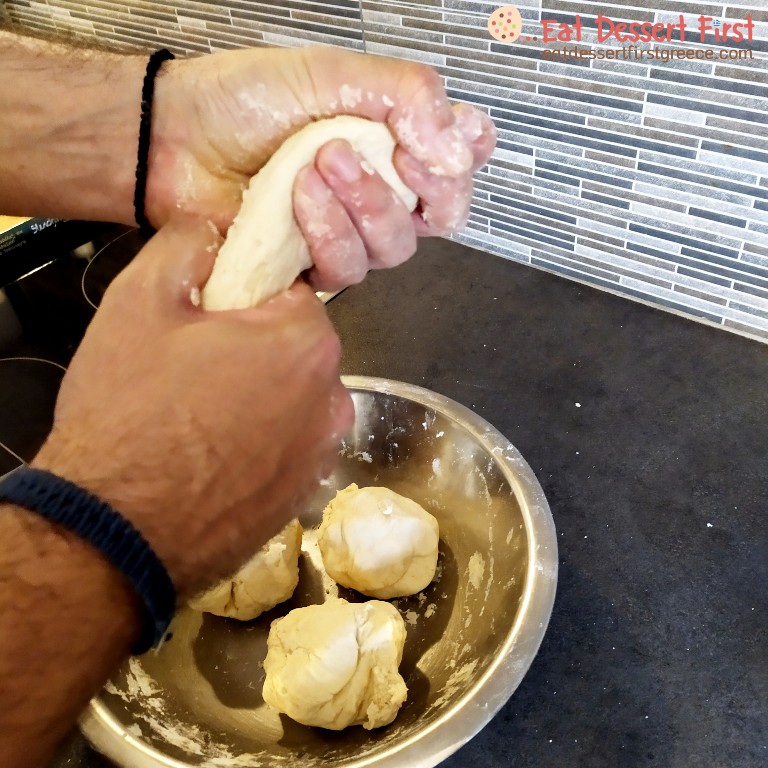
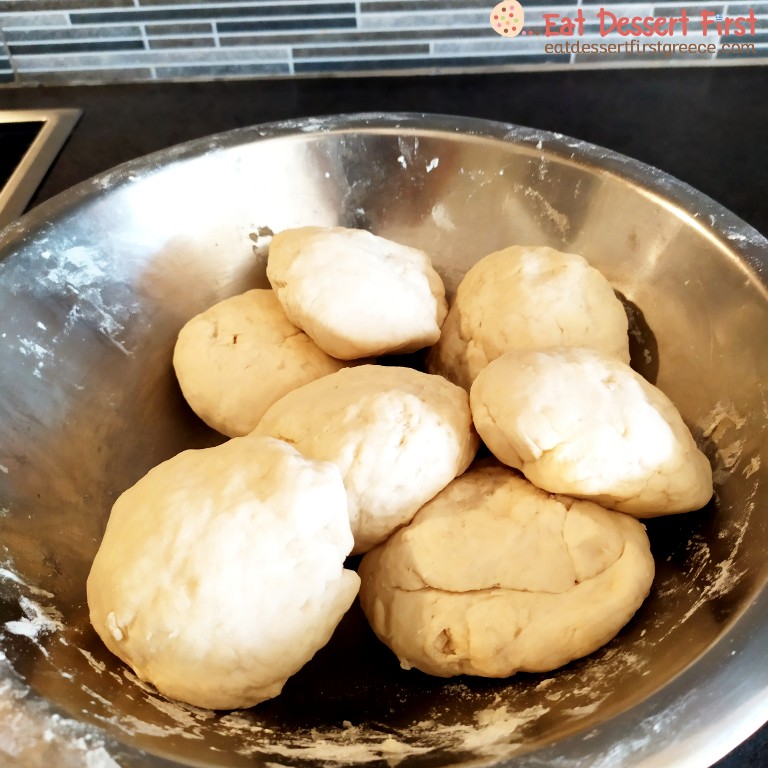
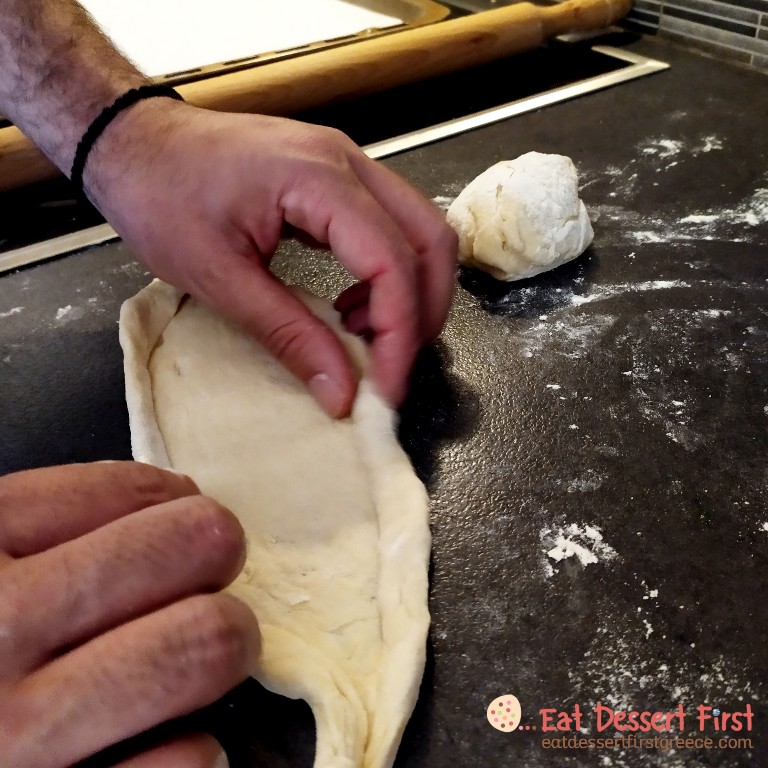
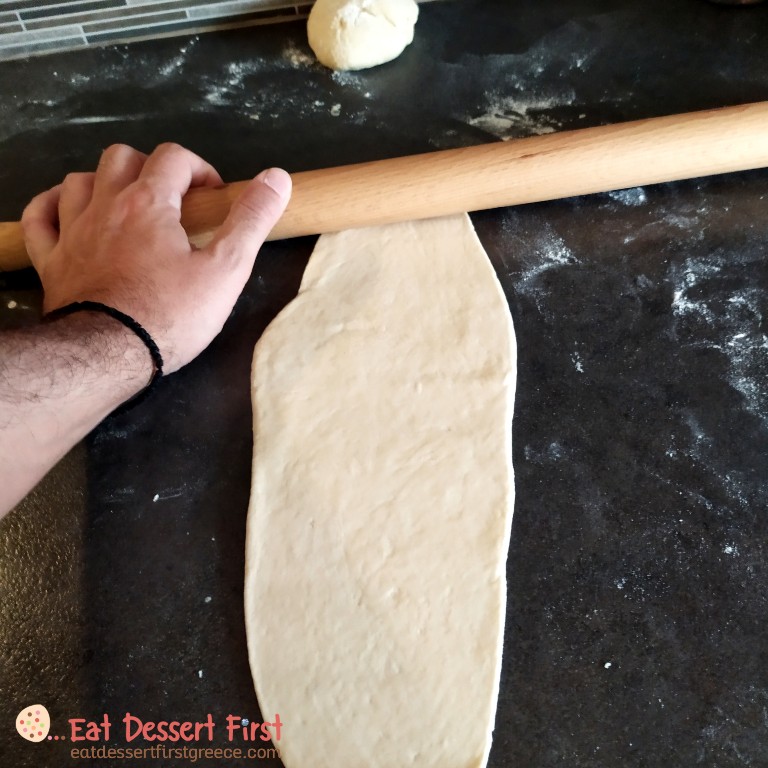
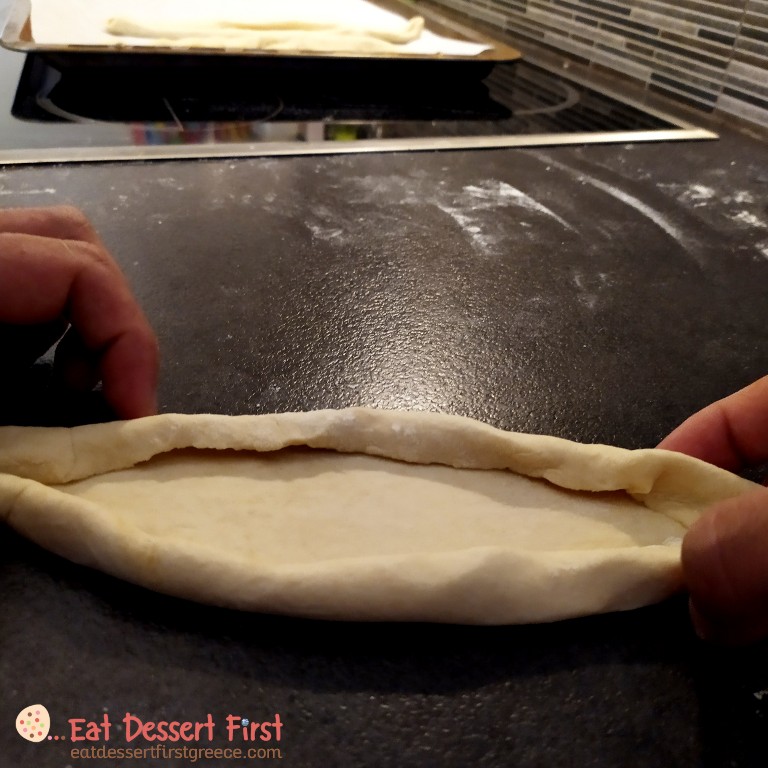
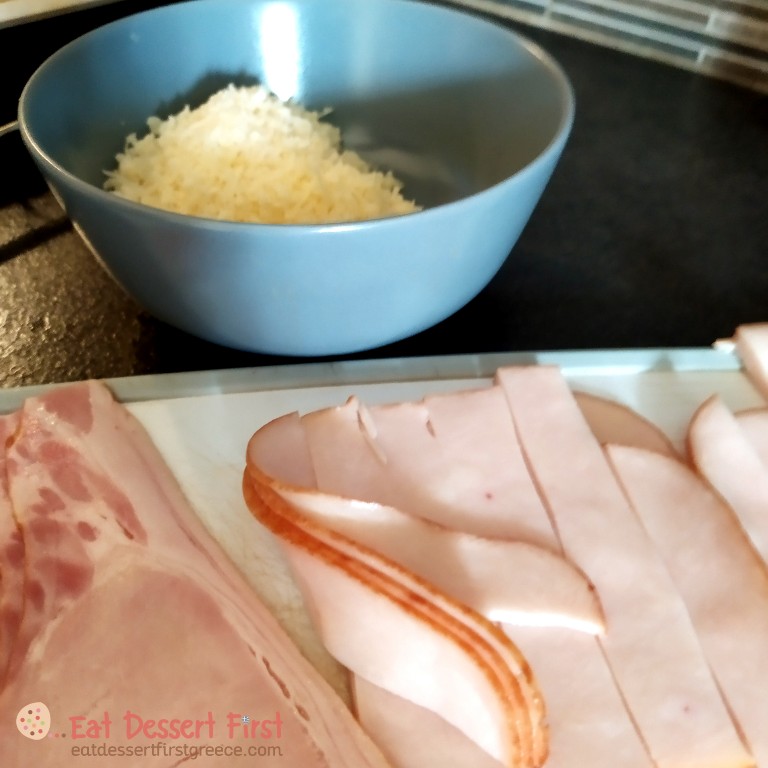
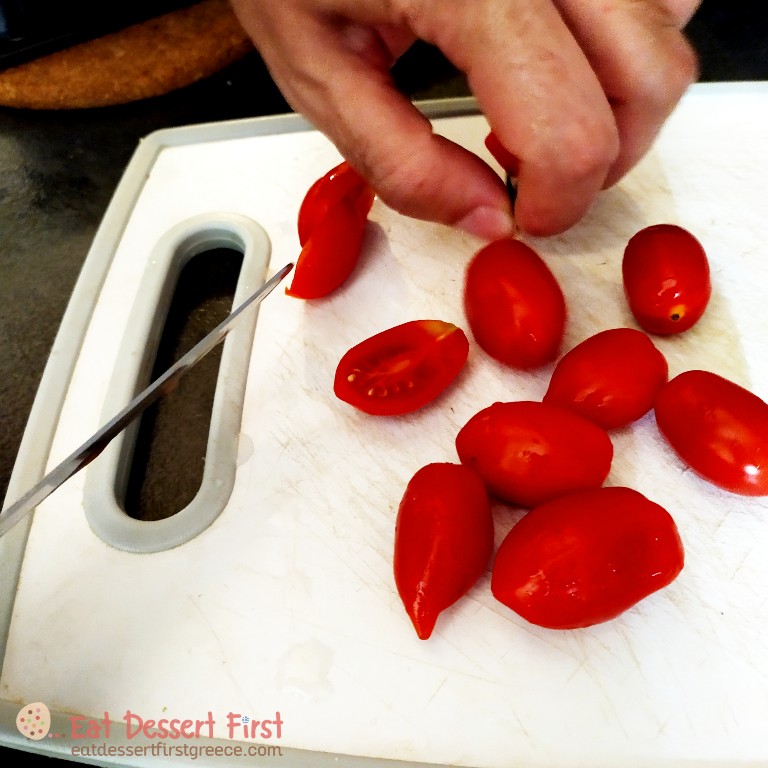
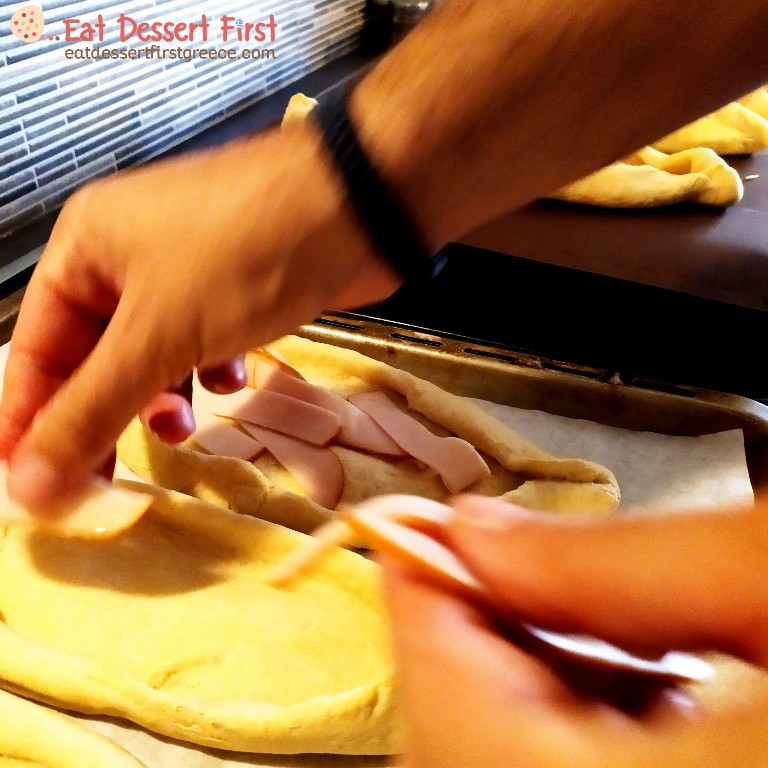
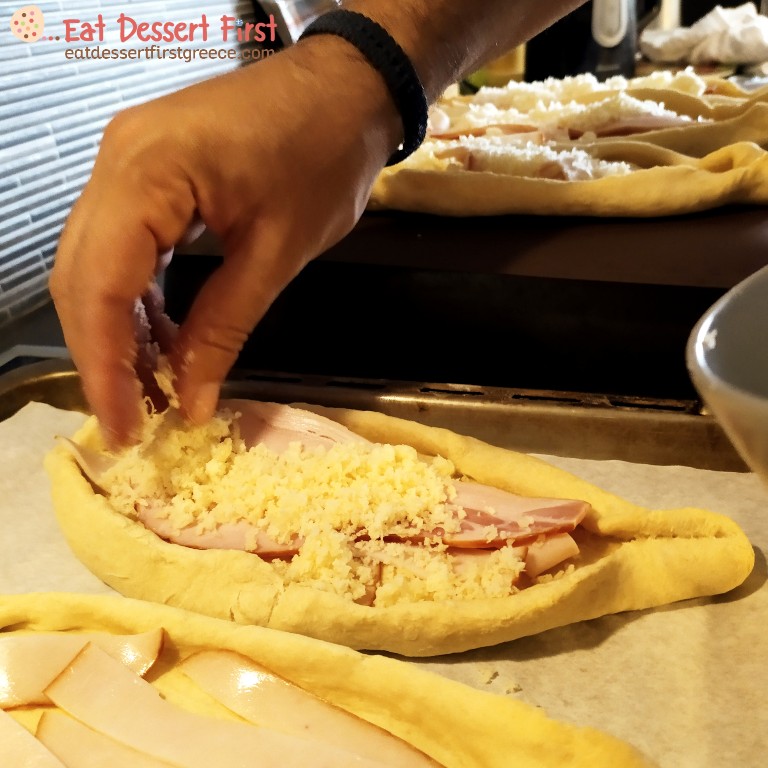
You have such a wonderful blog!!! I loved Greece!!! I enjoy visiting your blog because it brings me back to your wonderful country, again and again!!
LikeLike
What a wonderful comment! Thank you so much for loving our country and for your support to our blog! Greetings from Greece!!
LikeLiked by 1 person
You’re so welcome!! Greetings from Greece received and embraced!!! 🌻💛🌻
LikeLiked by 1 person
I didn’t know about the 1922 Smyrnian Catastrophe. Thank you for enlightening me!
LikeLiked by 1 person
You are welcome, thank you very much for your comment!
LikeLike
Thanks for sharing another very interesting and informative post and supported by such great images. Happy Sunday. Stay Well. Stay Safe. Stay Smiling.
LikeLike
Thank you very much Goff! Stay safe and happy too! Have a nice Sunday!
LikeLiked by 1 person
My pleasure. Great read. Best Regards.
LikeLike
Those pastries look and sound glorious… Together with your story a wonderful read.. 😀
LikeLike
Glad to hear that!! Thank you so much Mrs Carol!
LikeLiked by 1 person